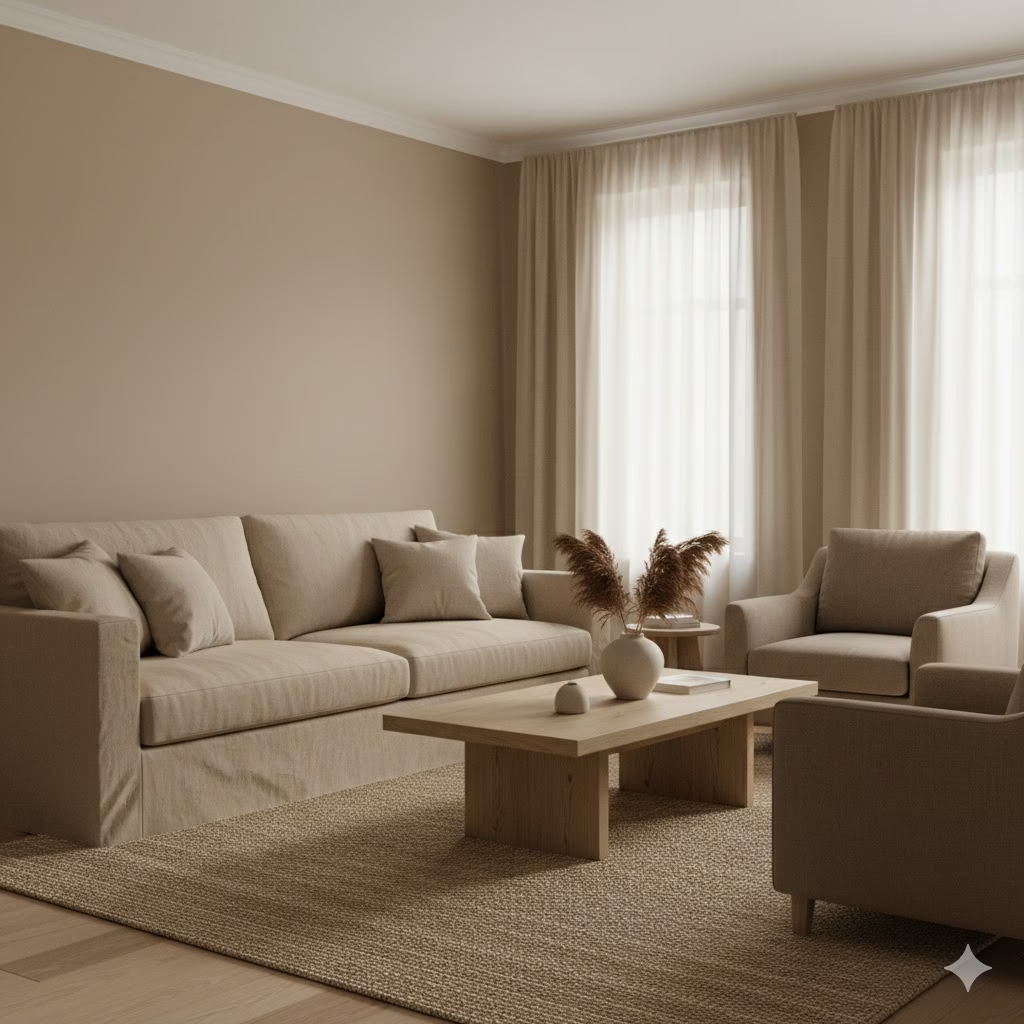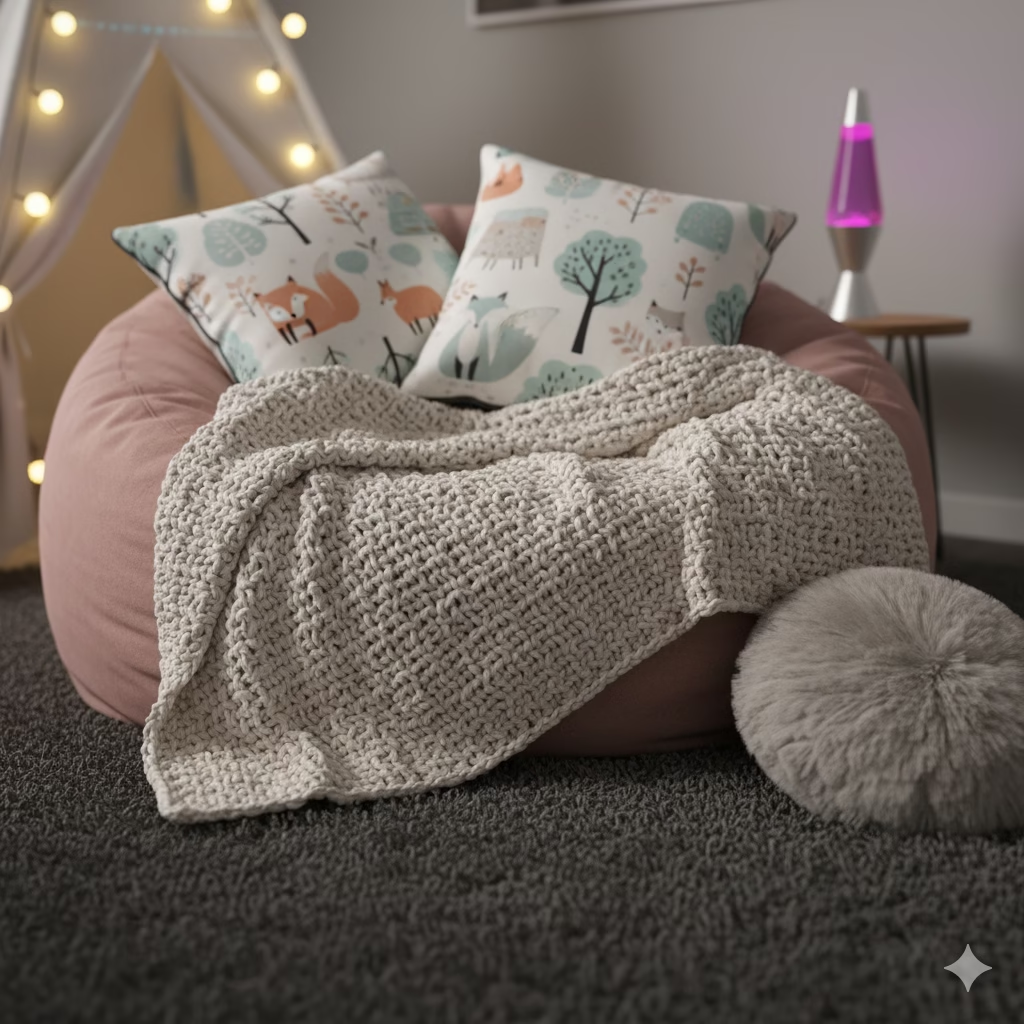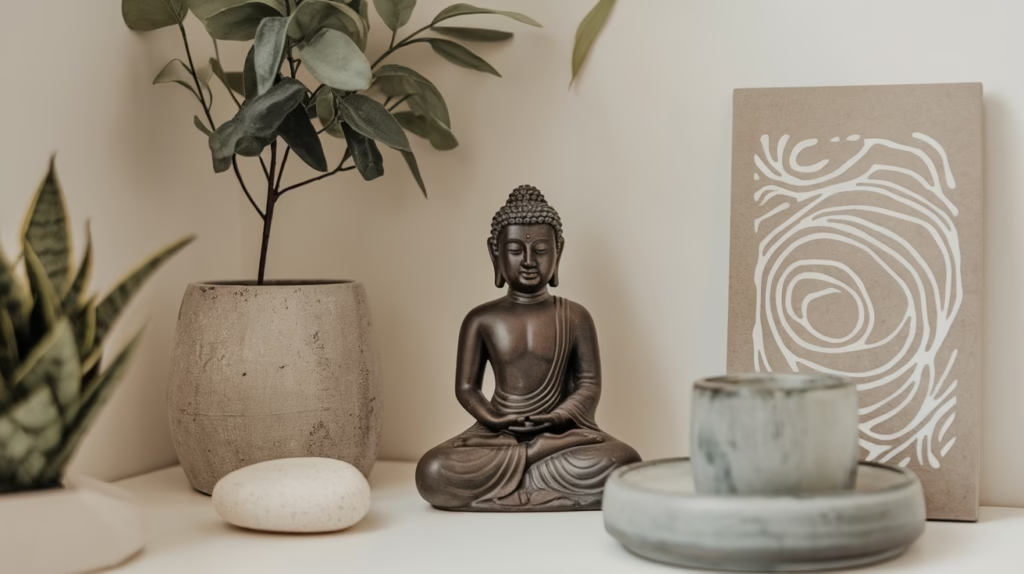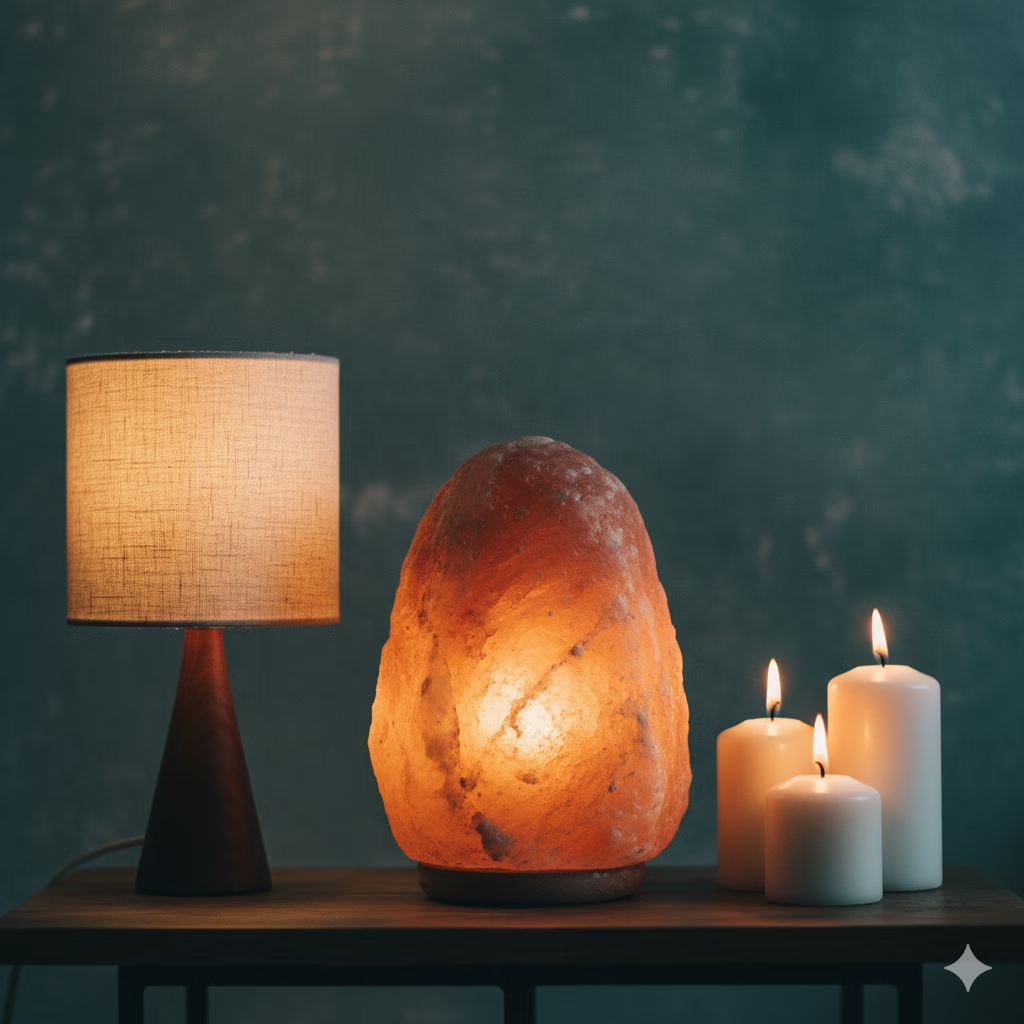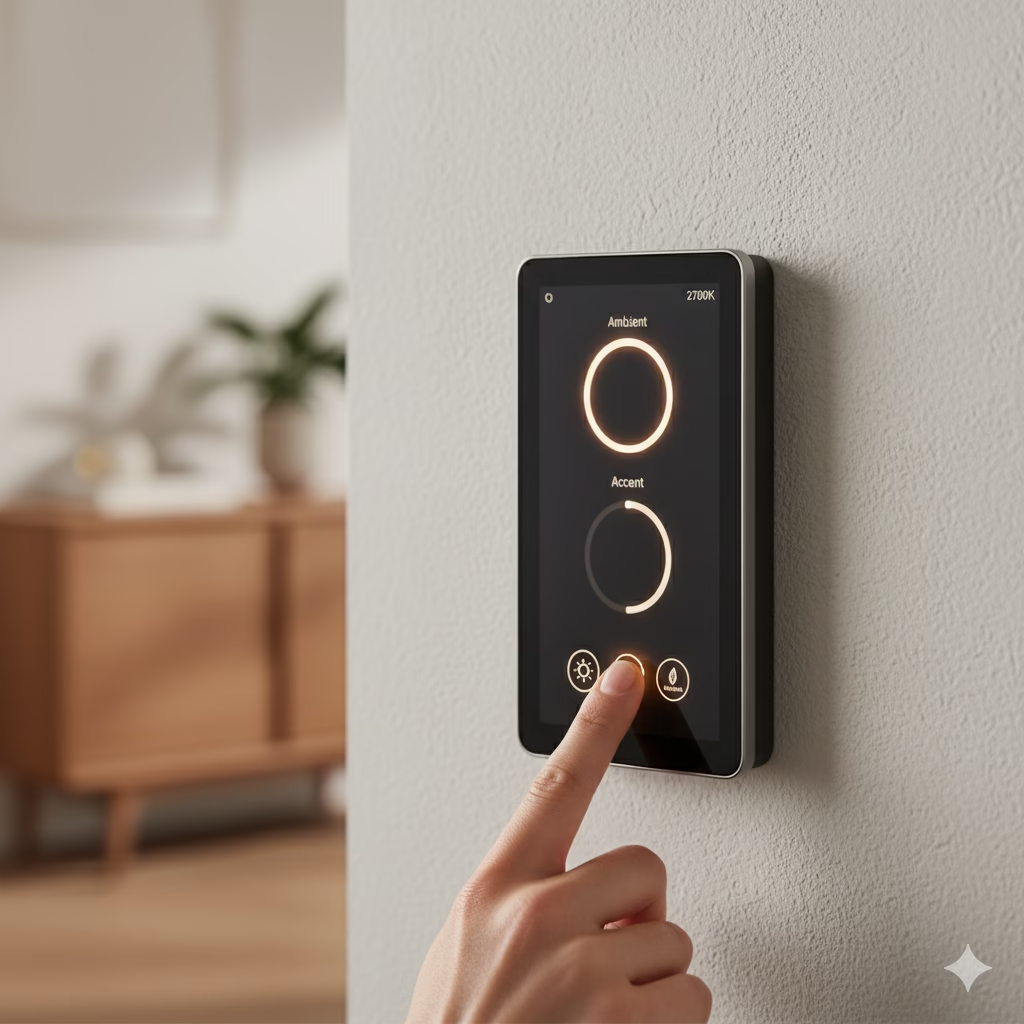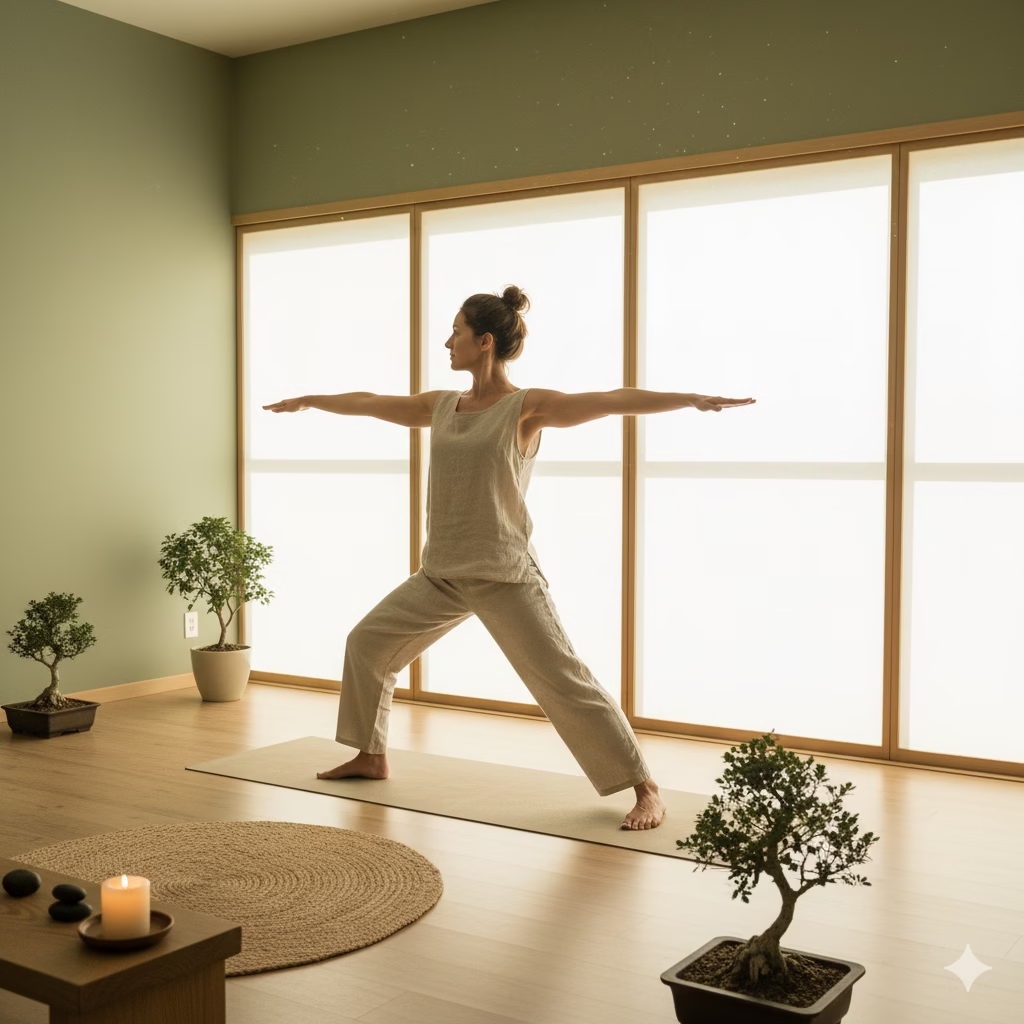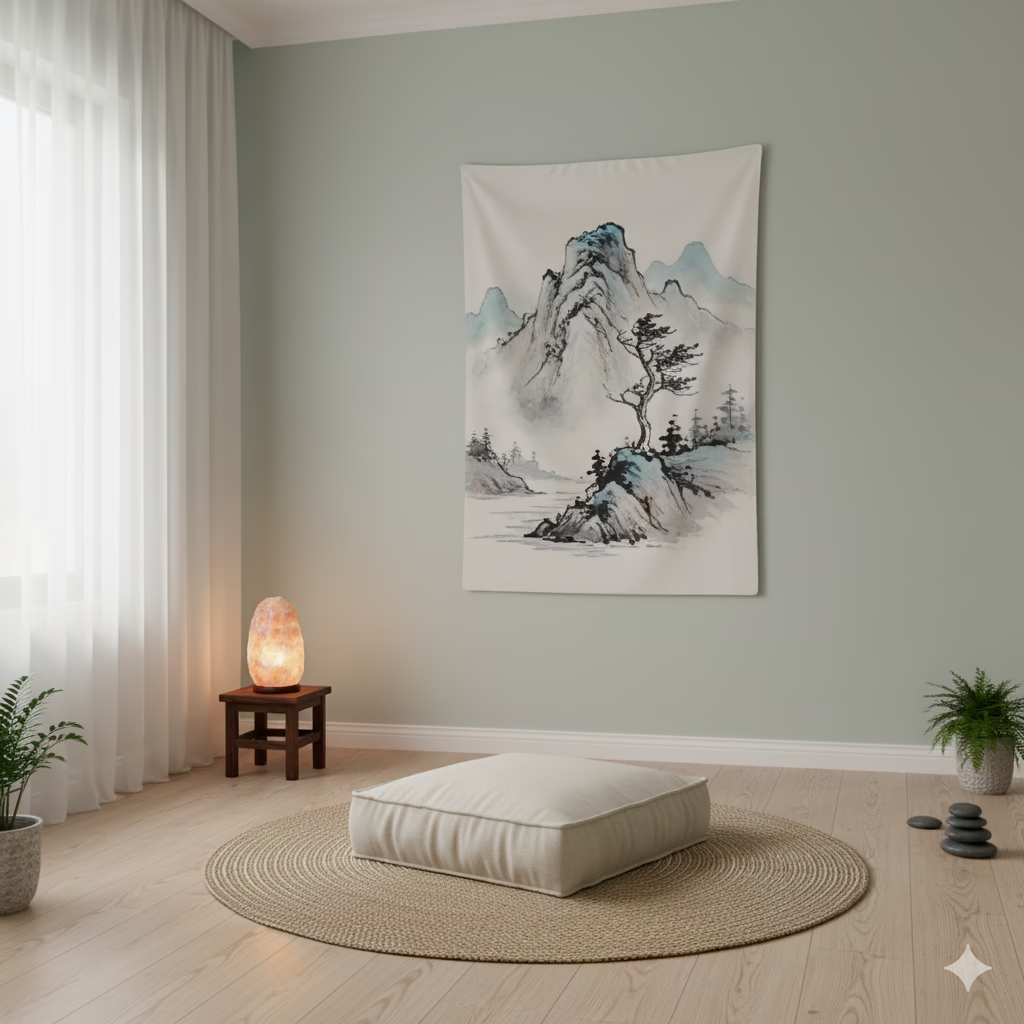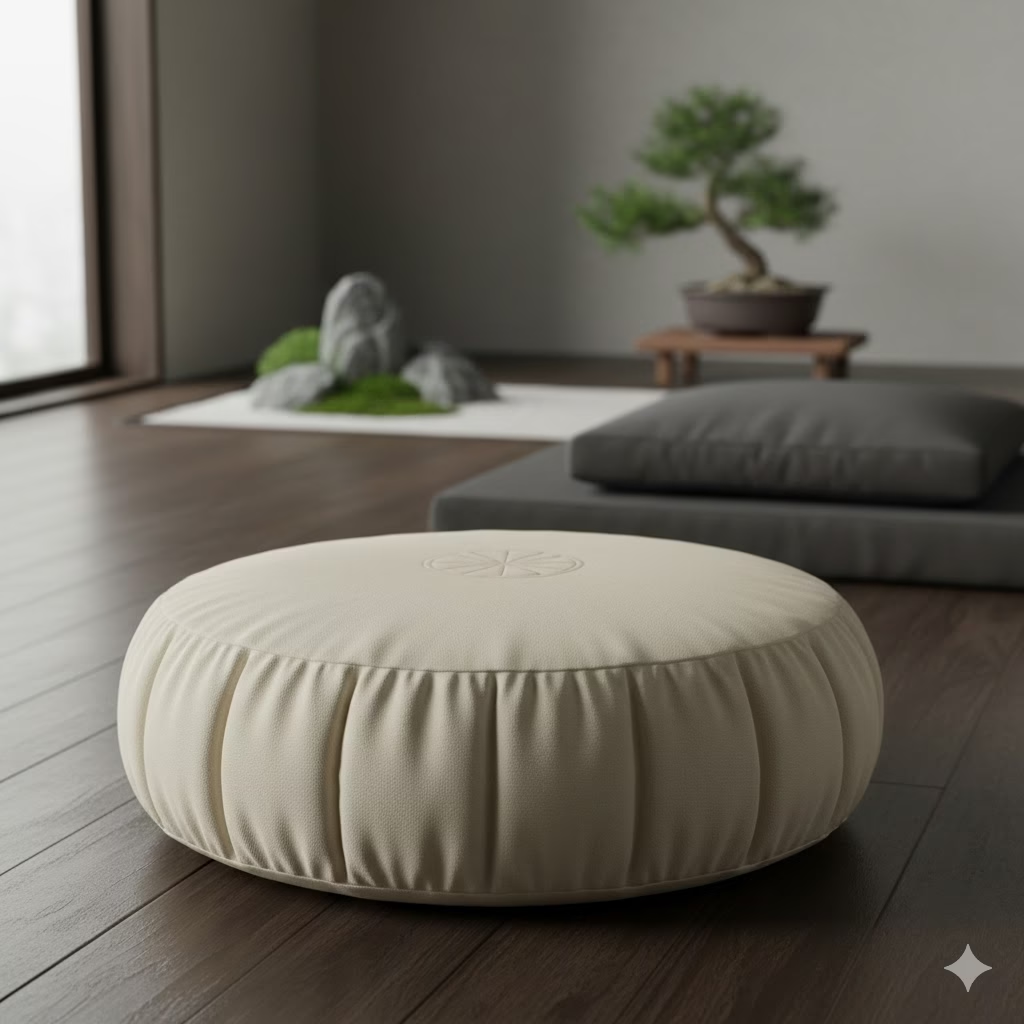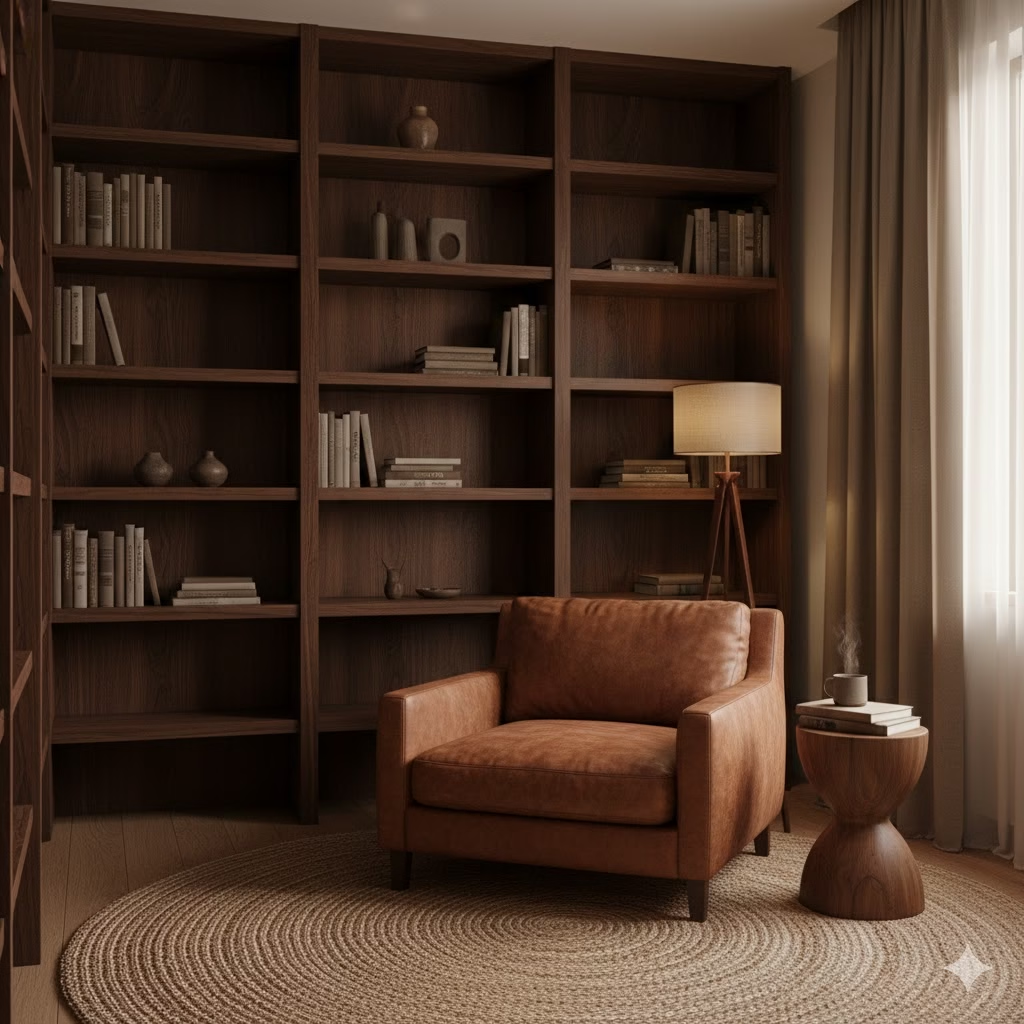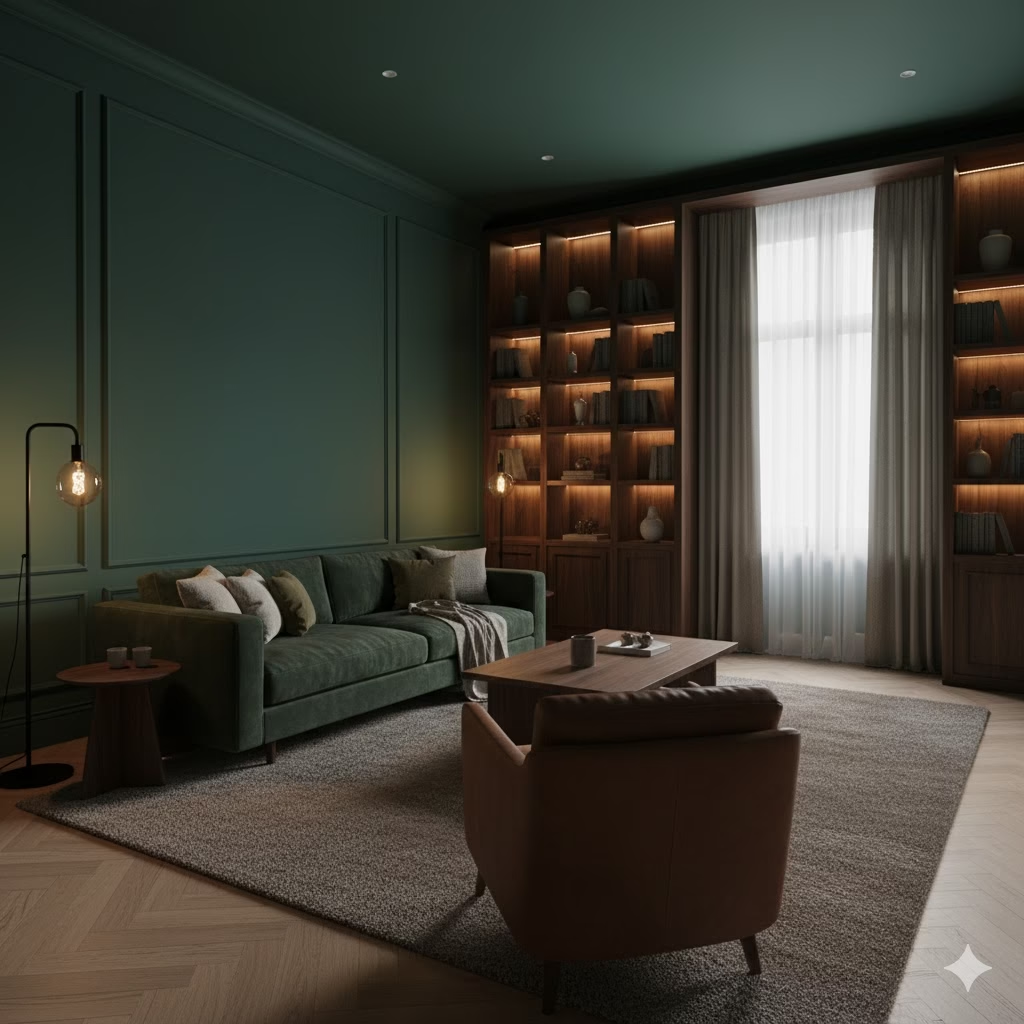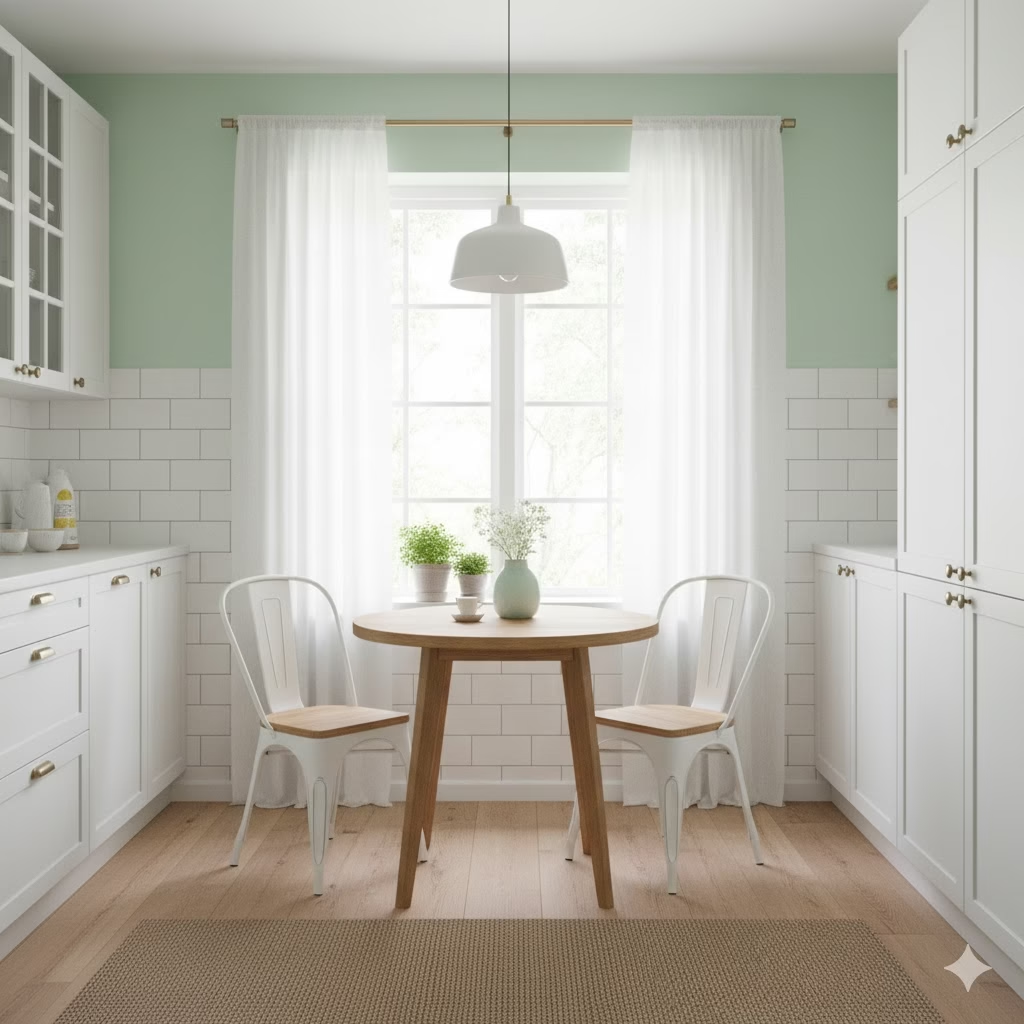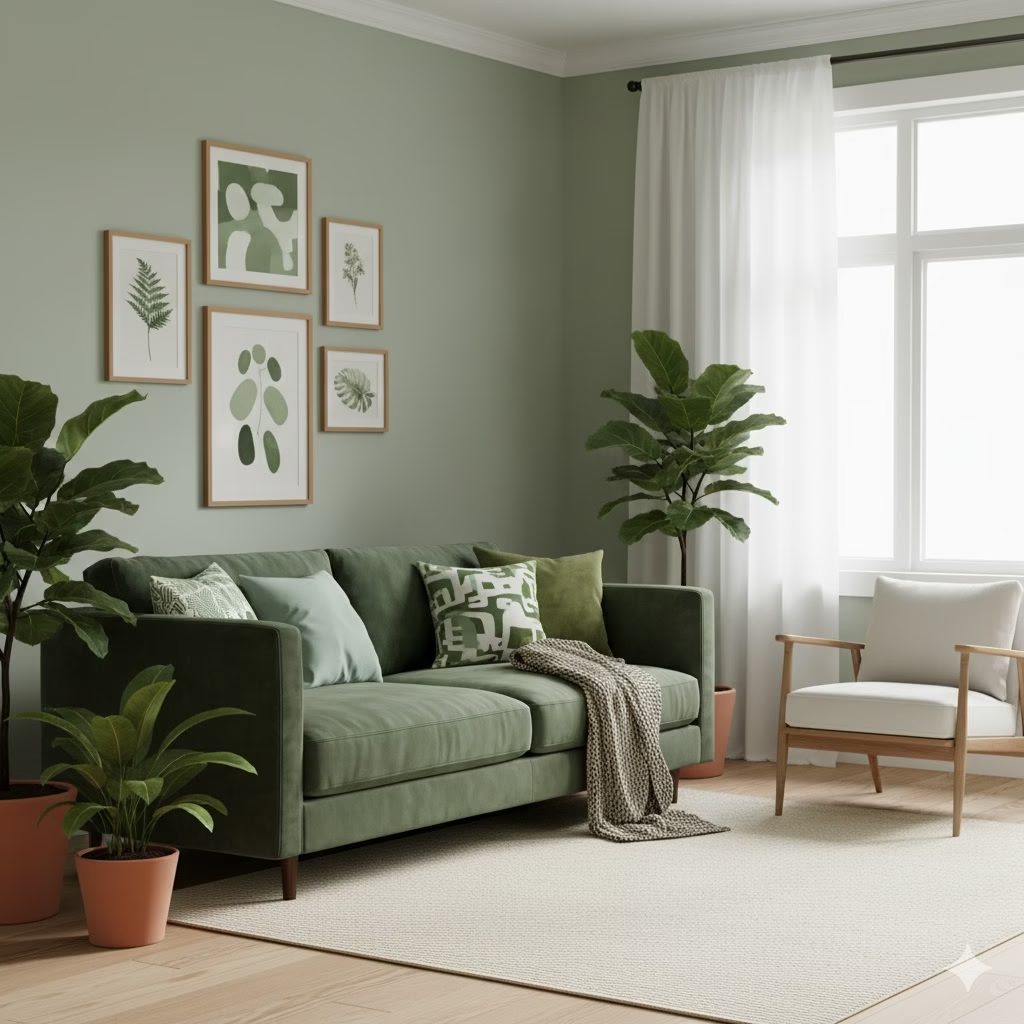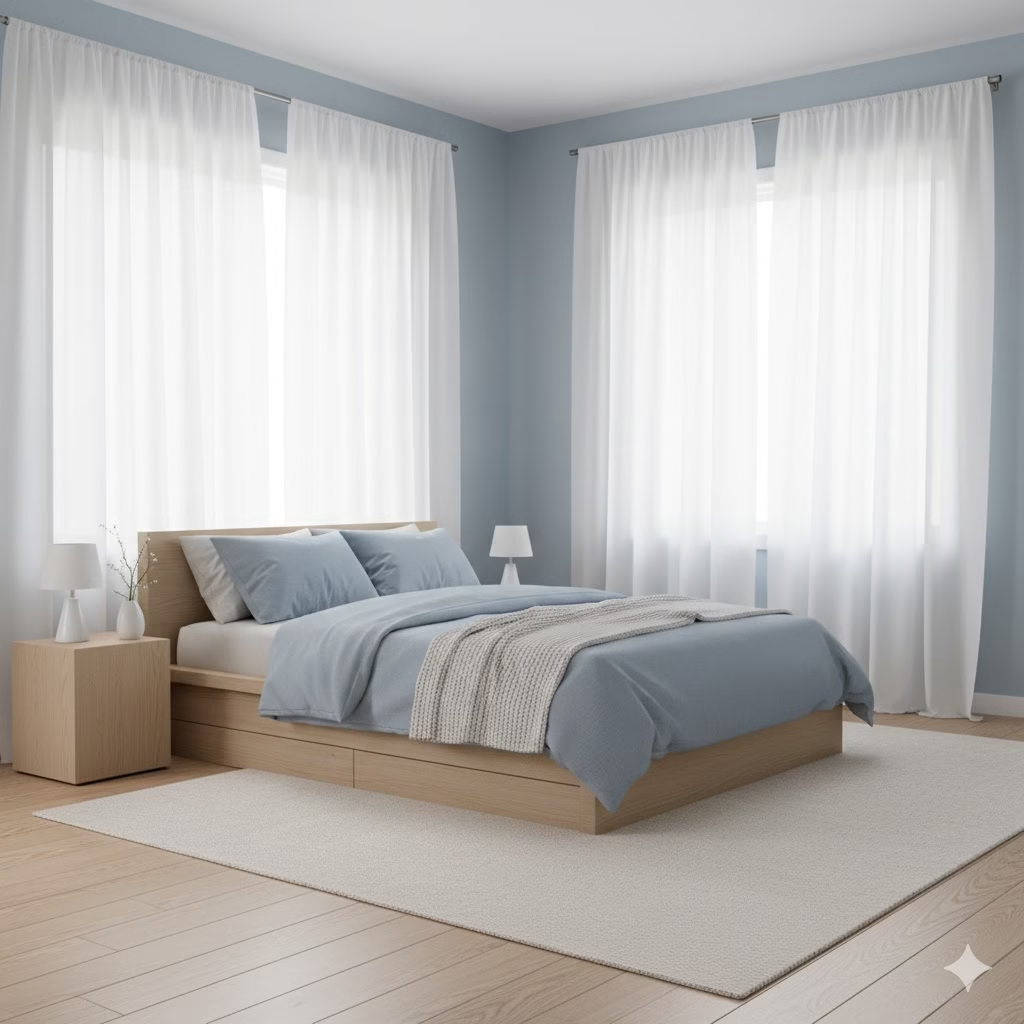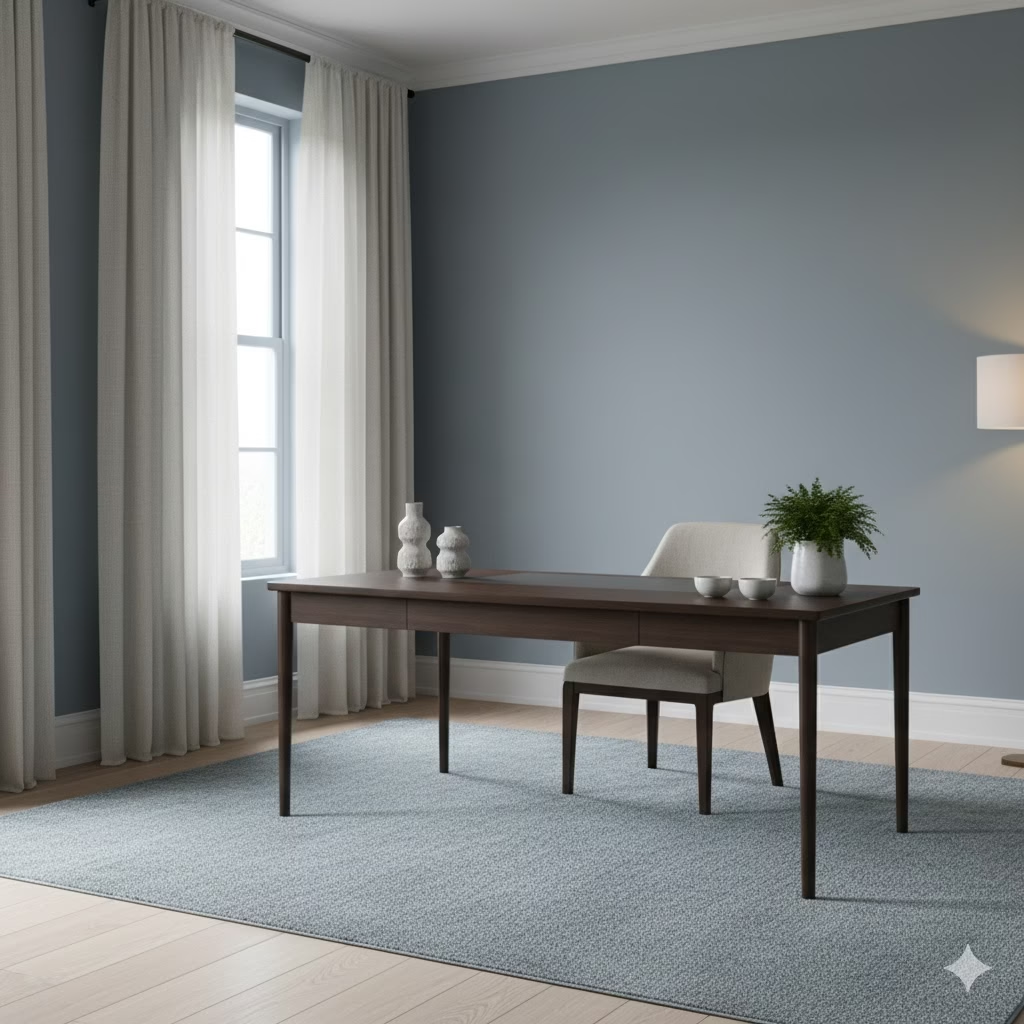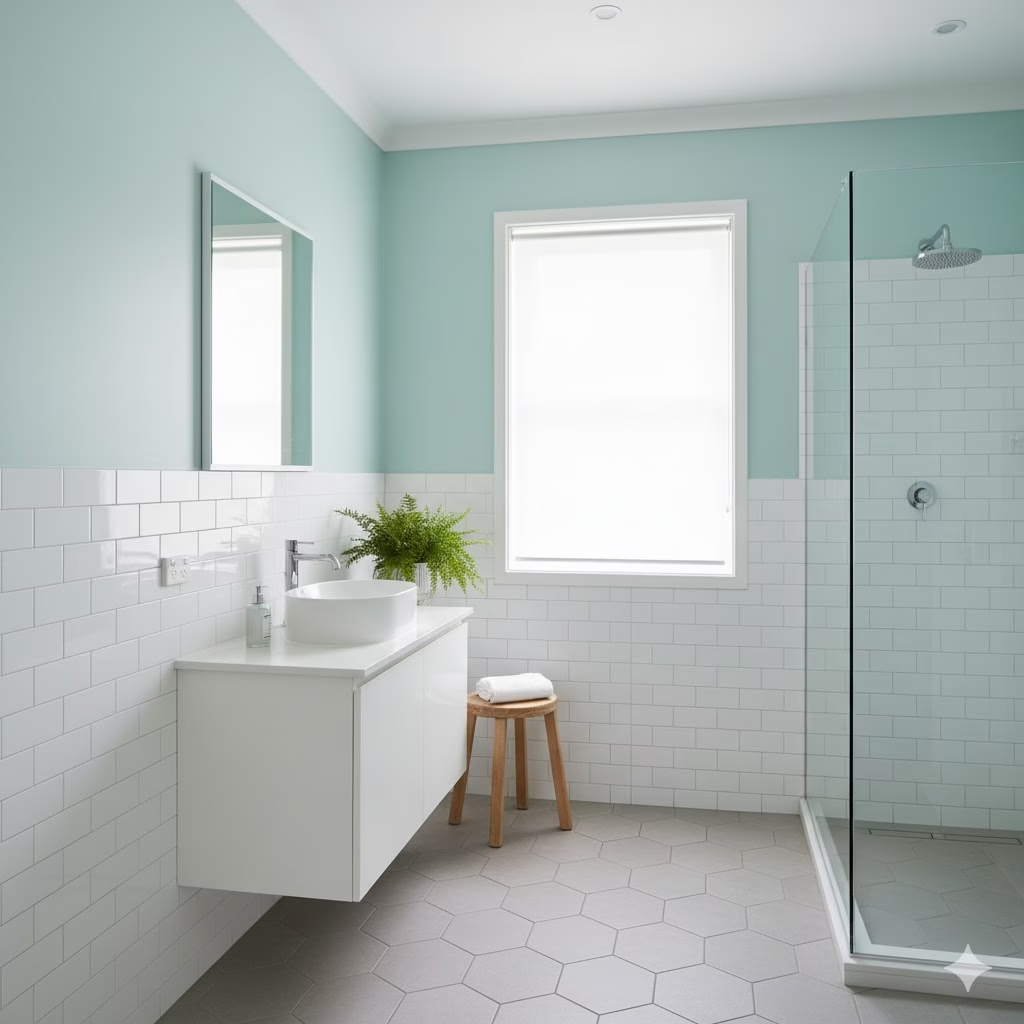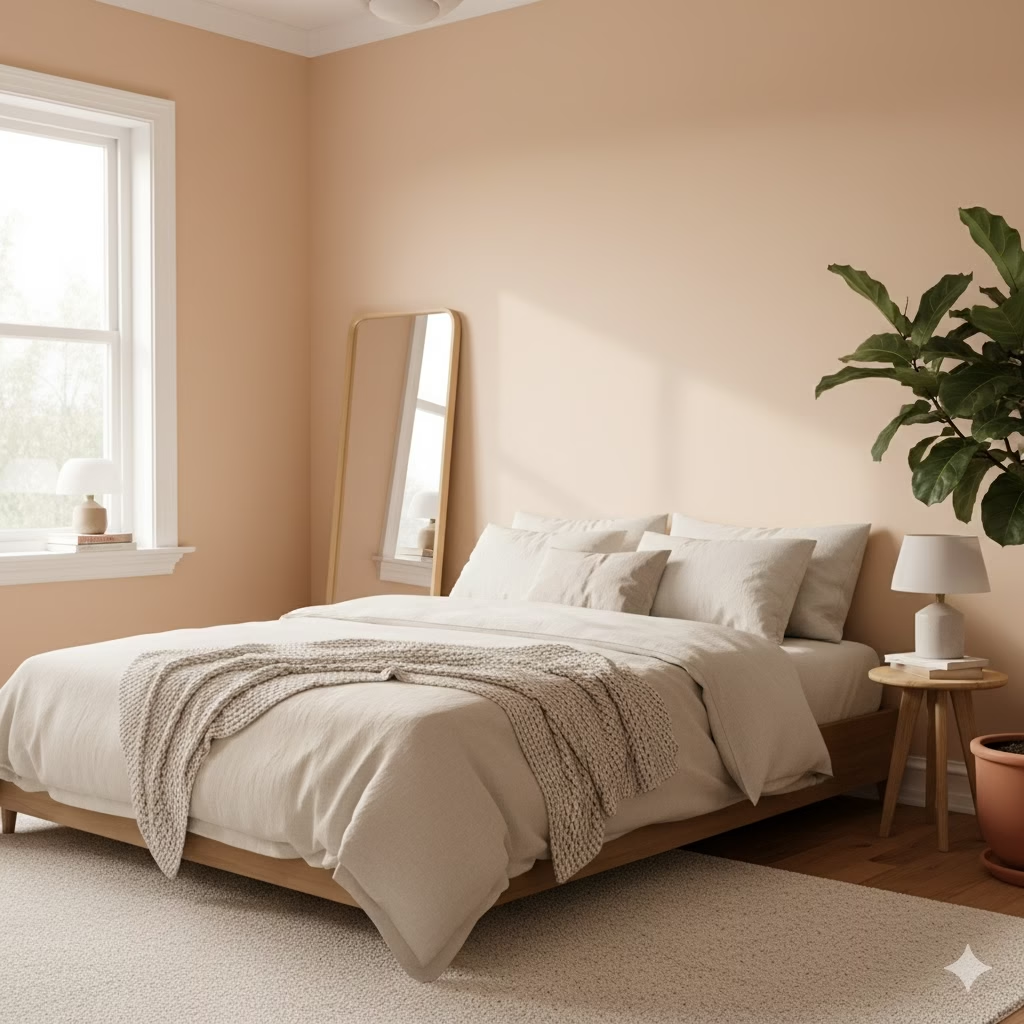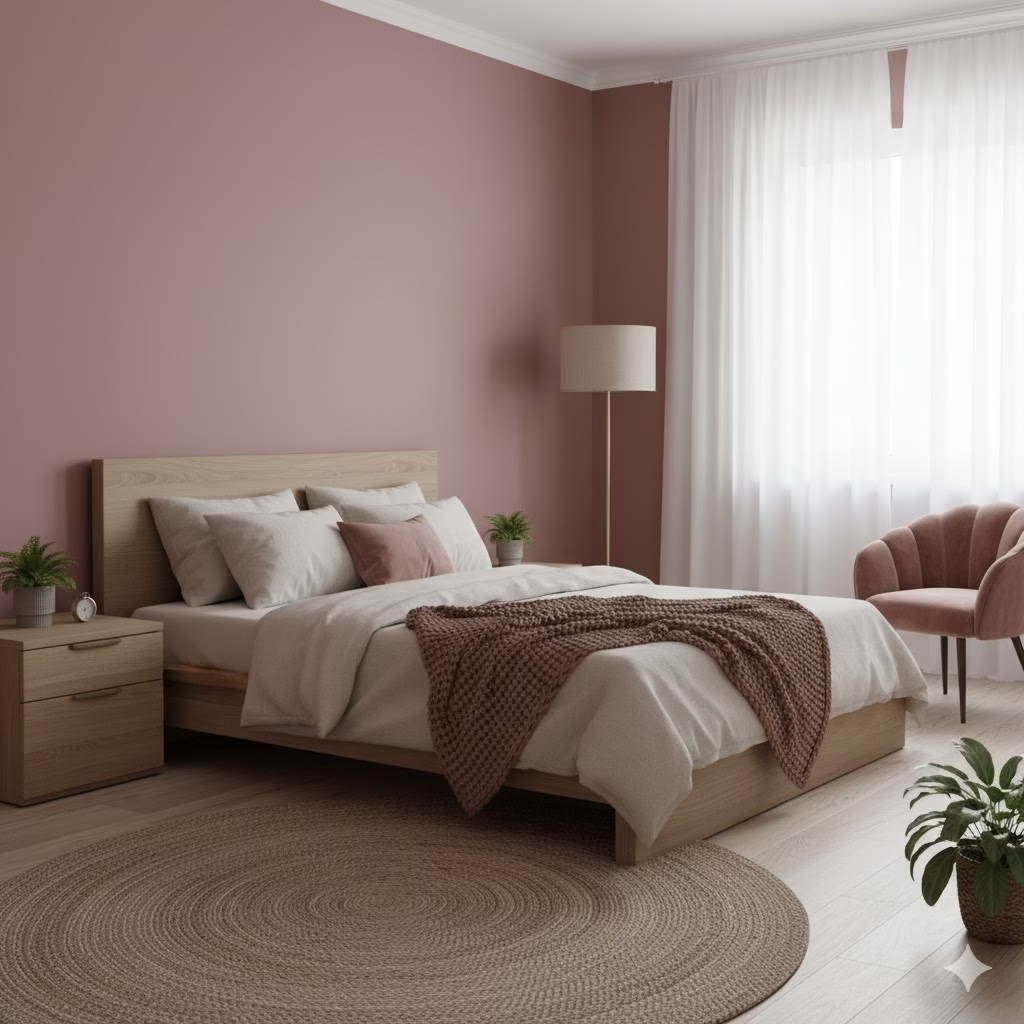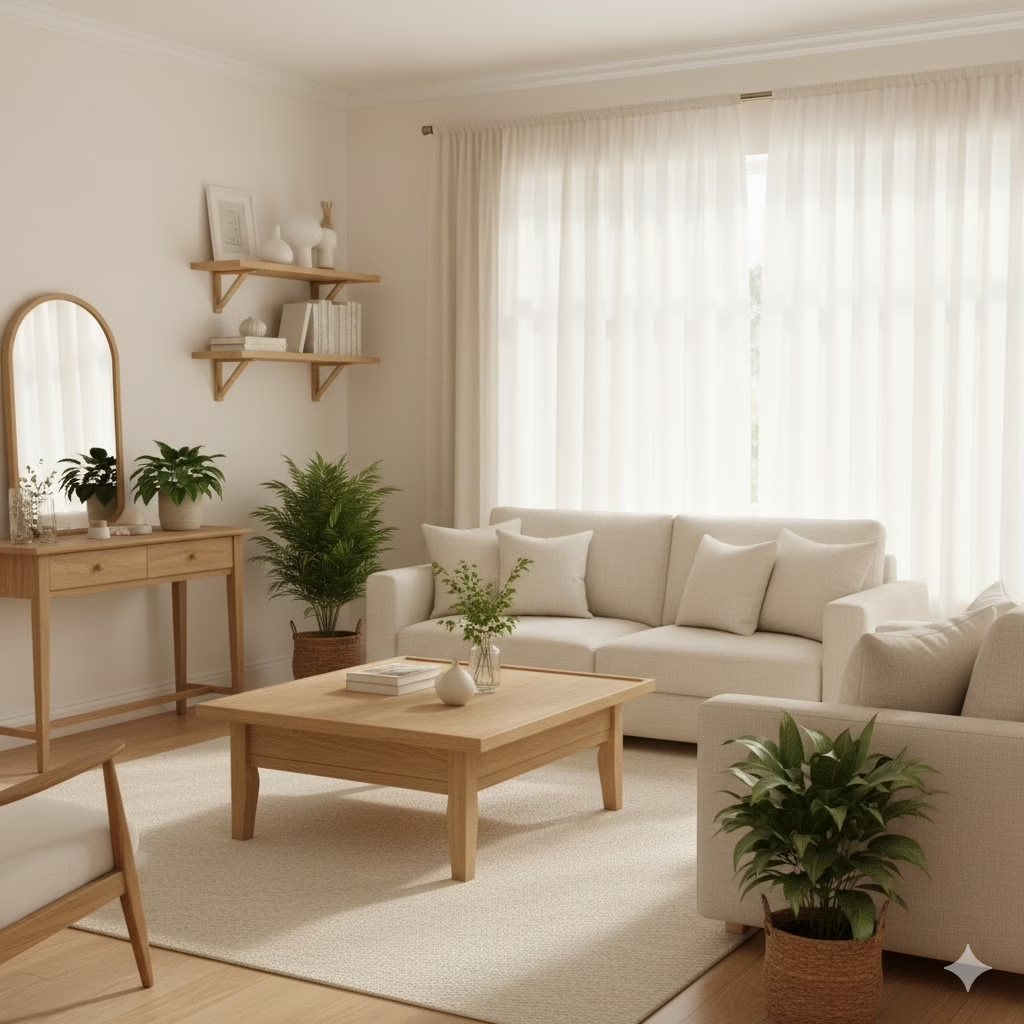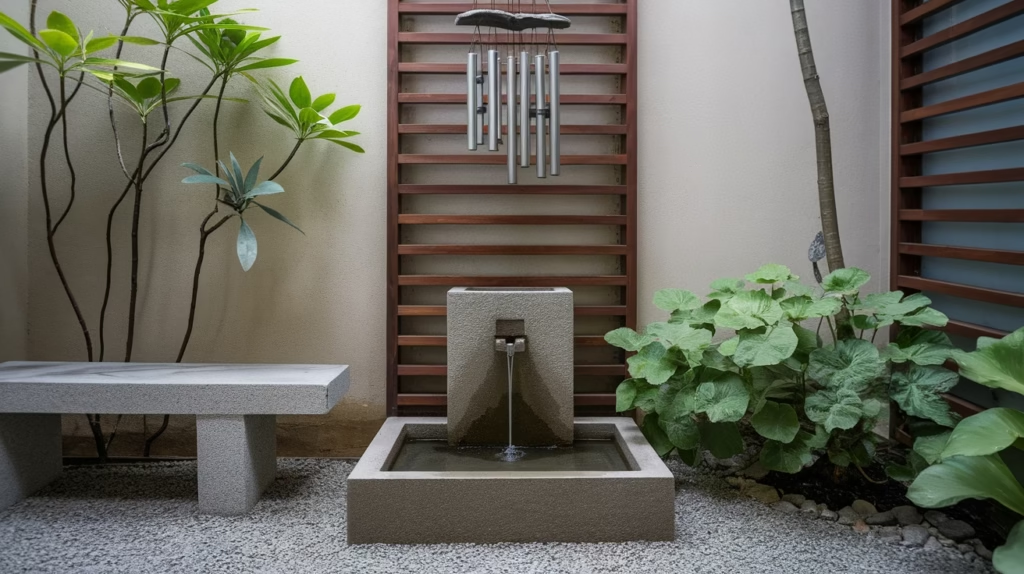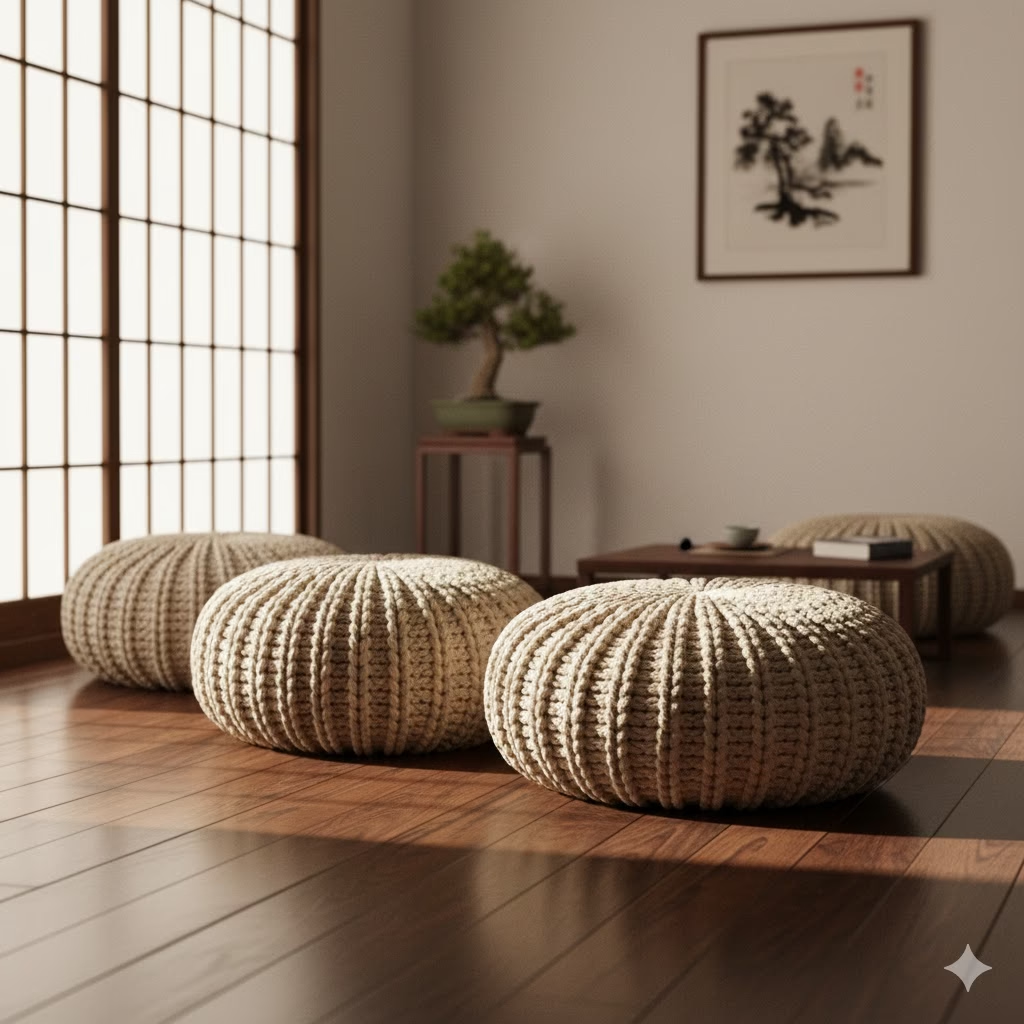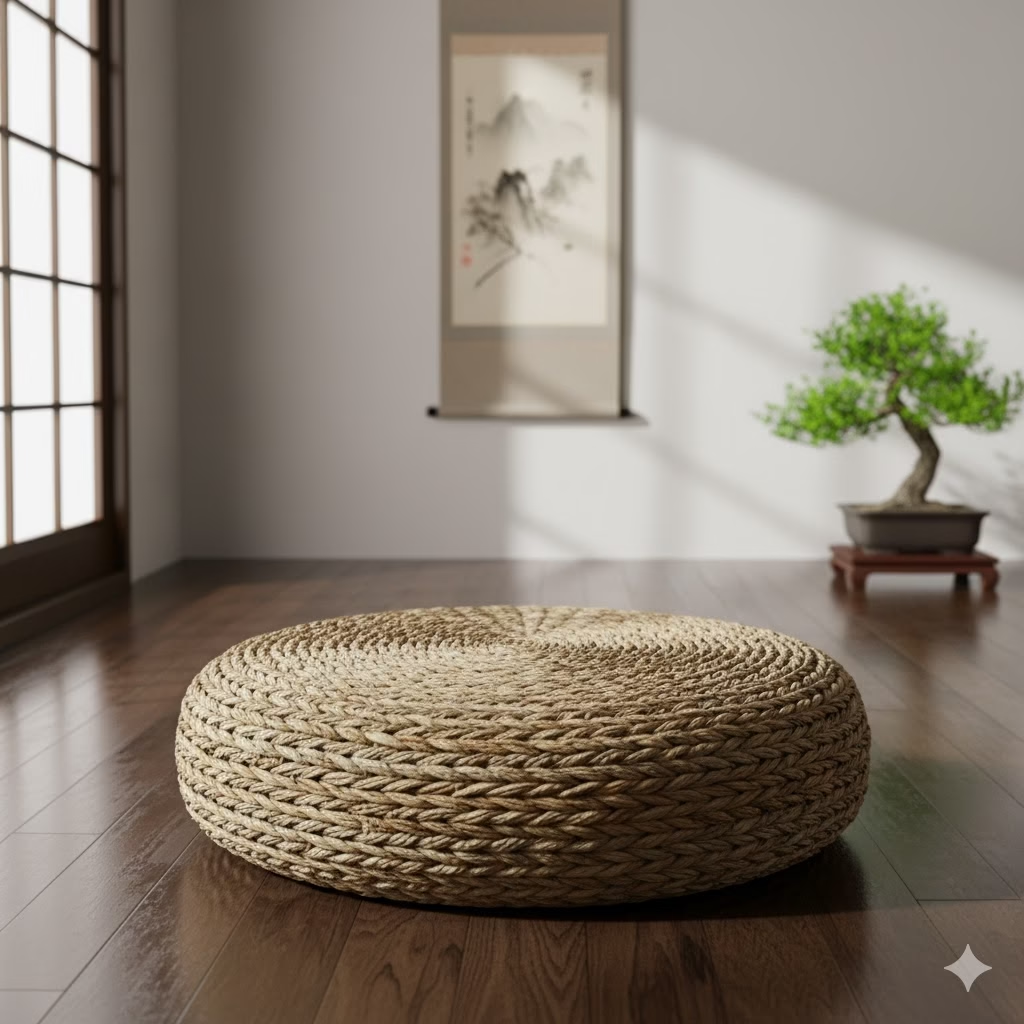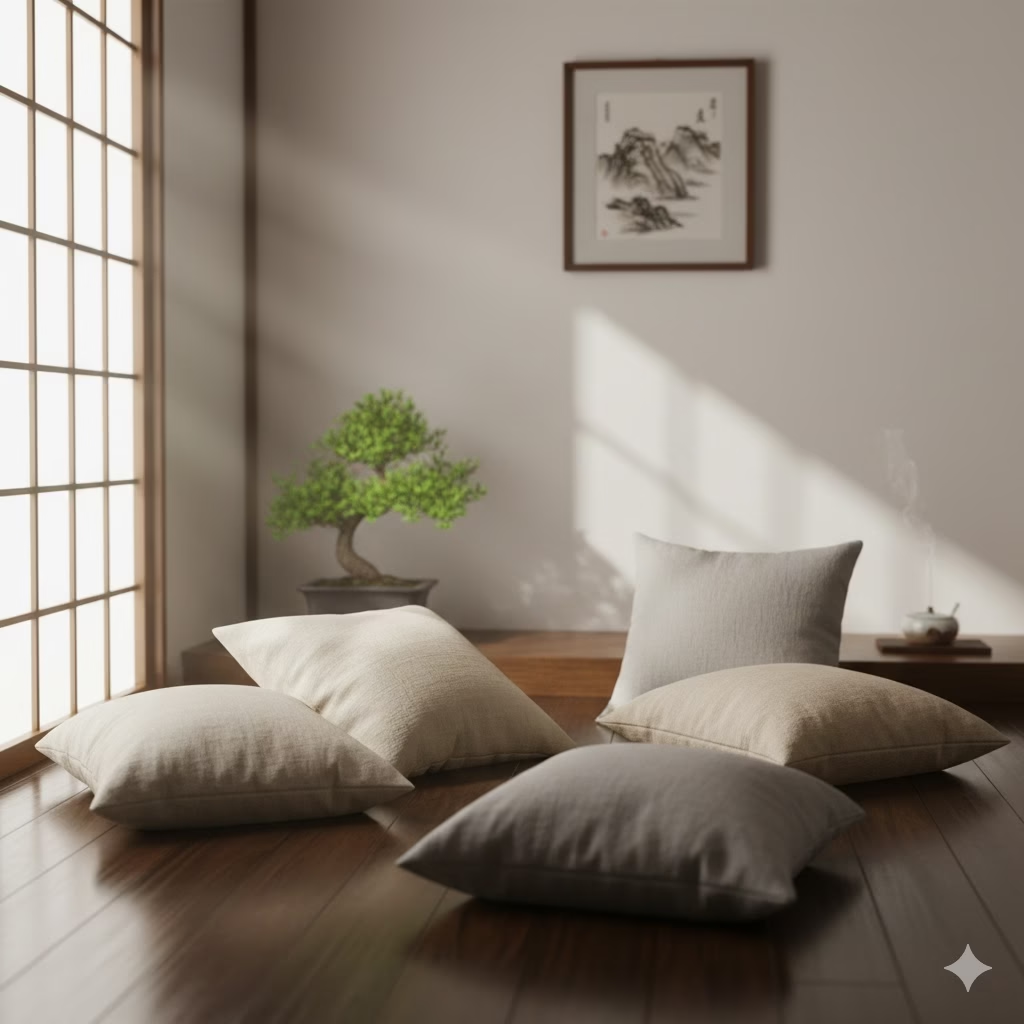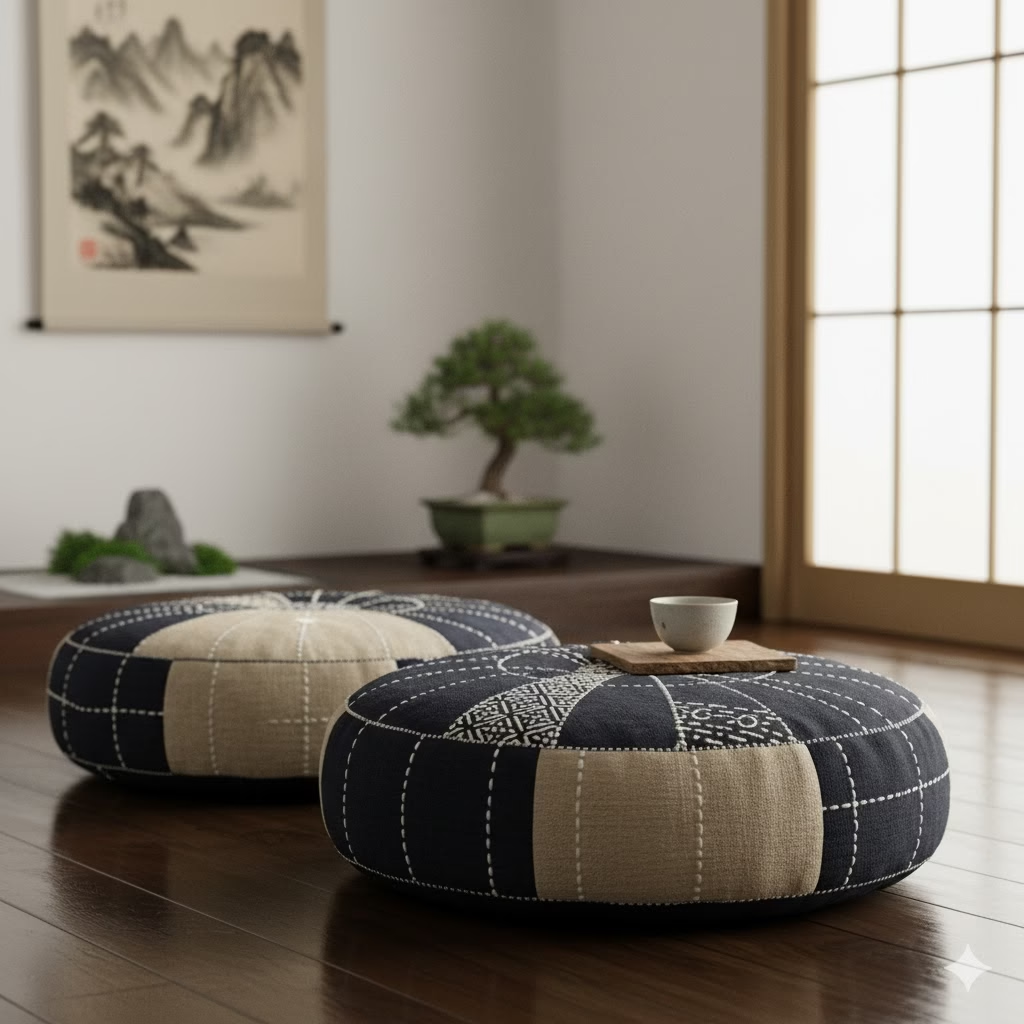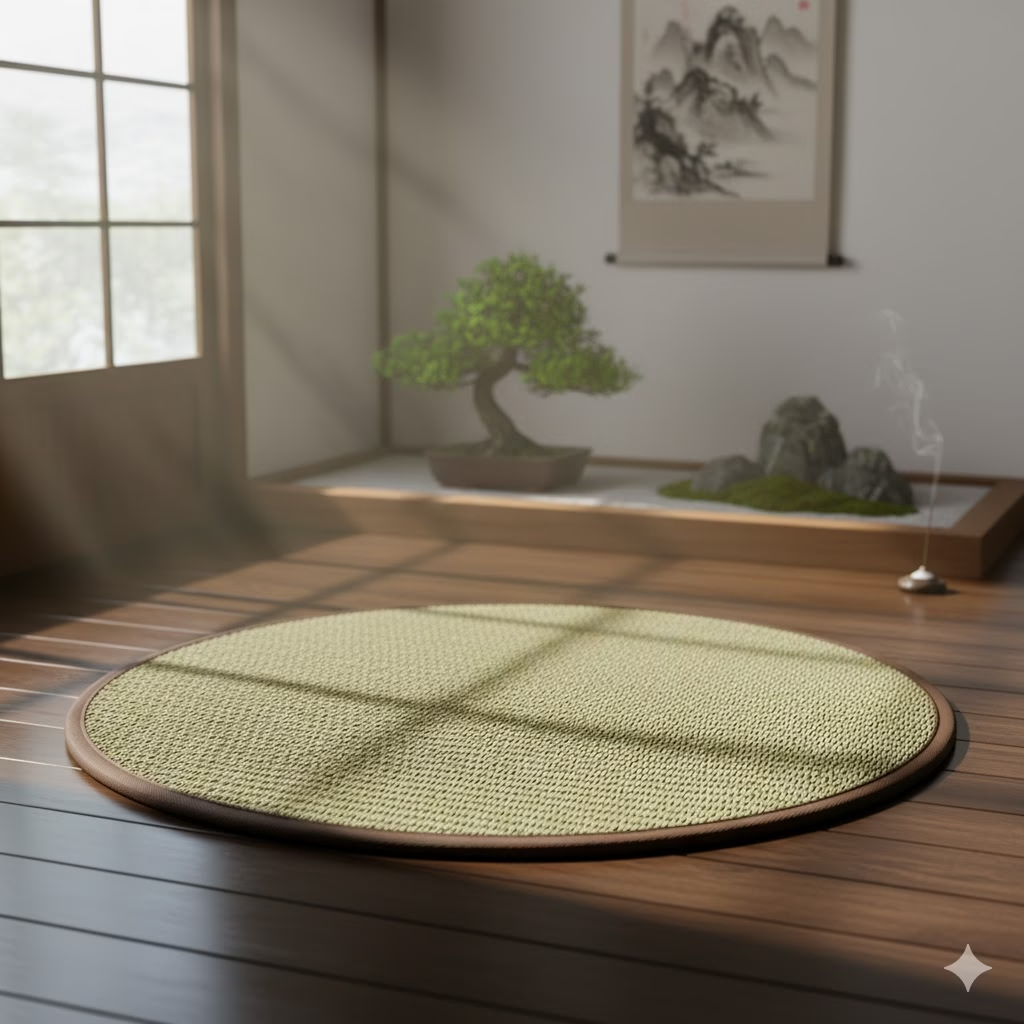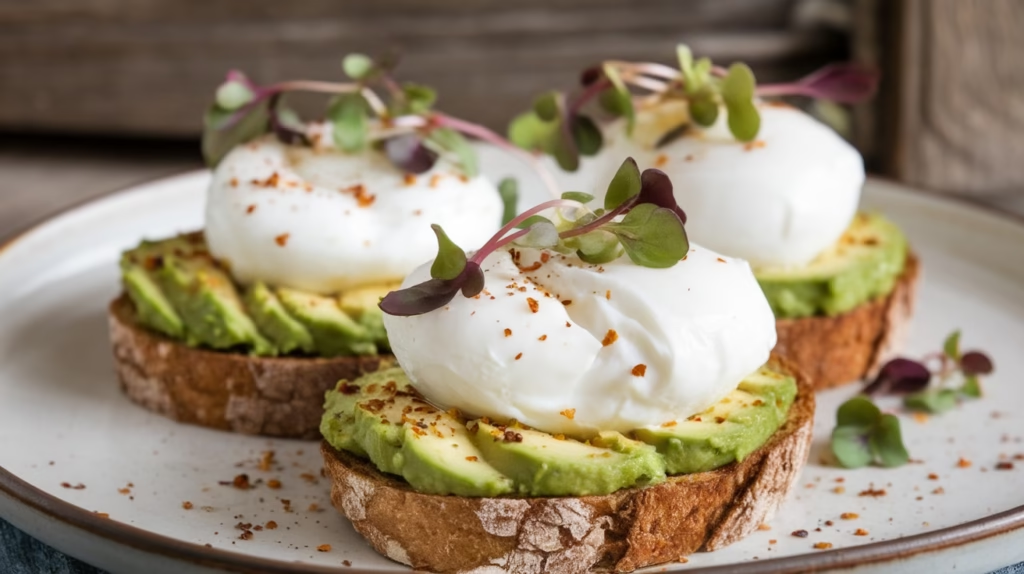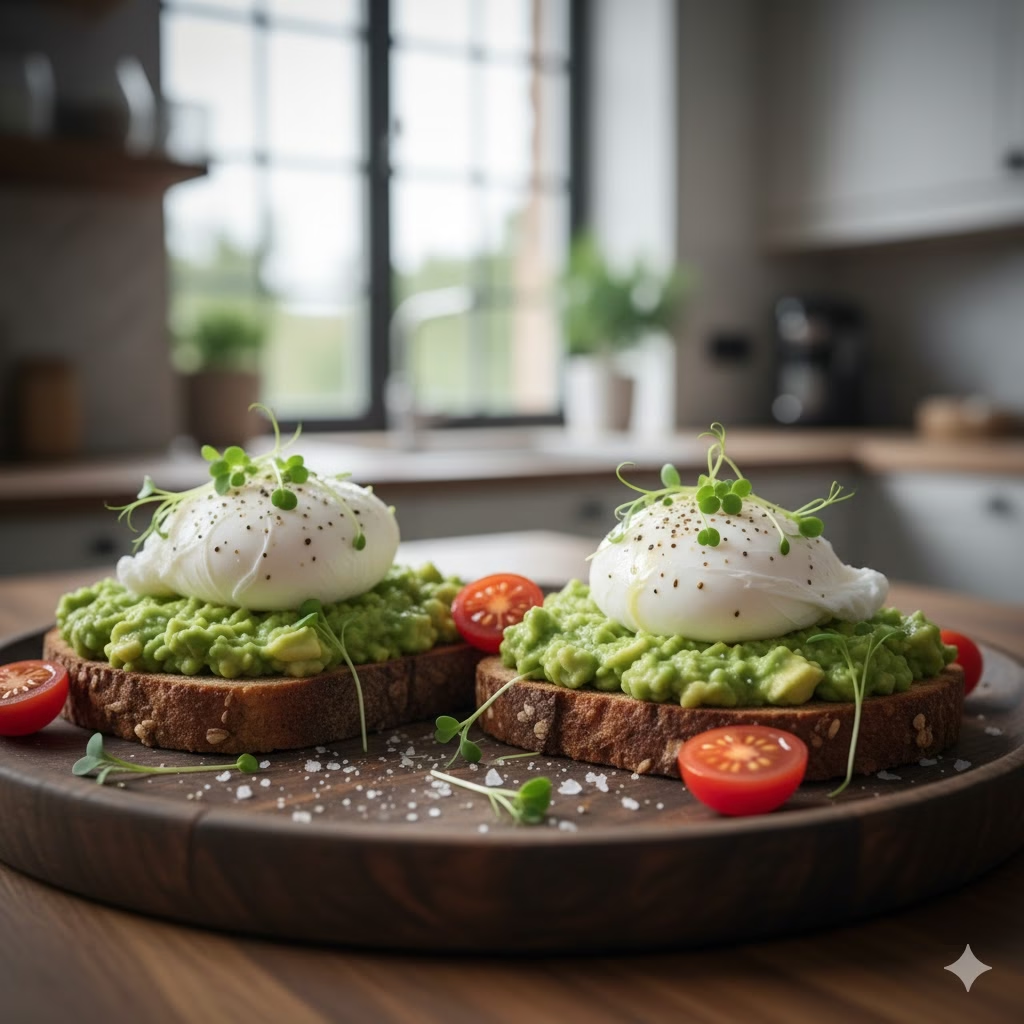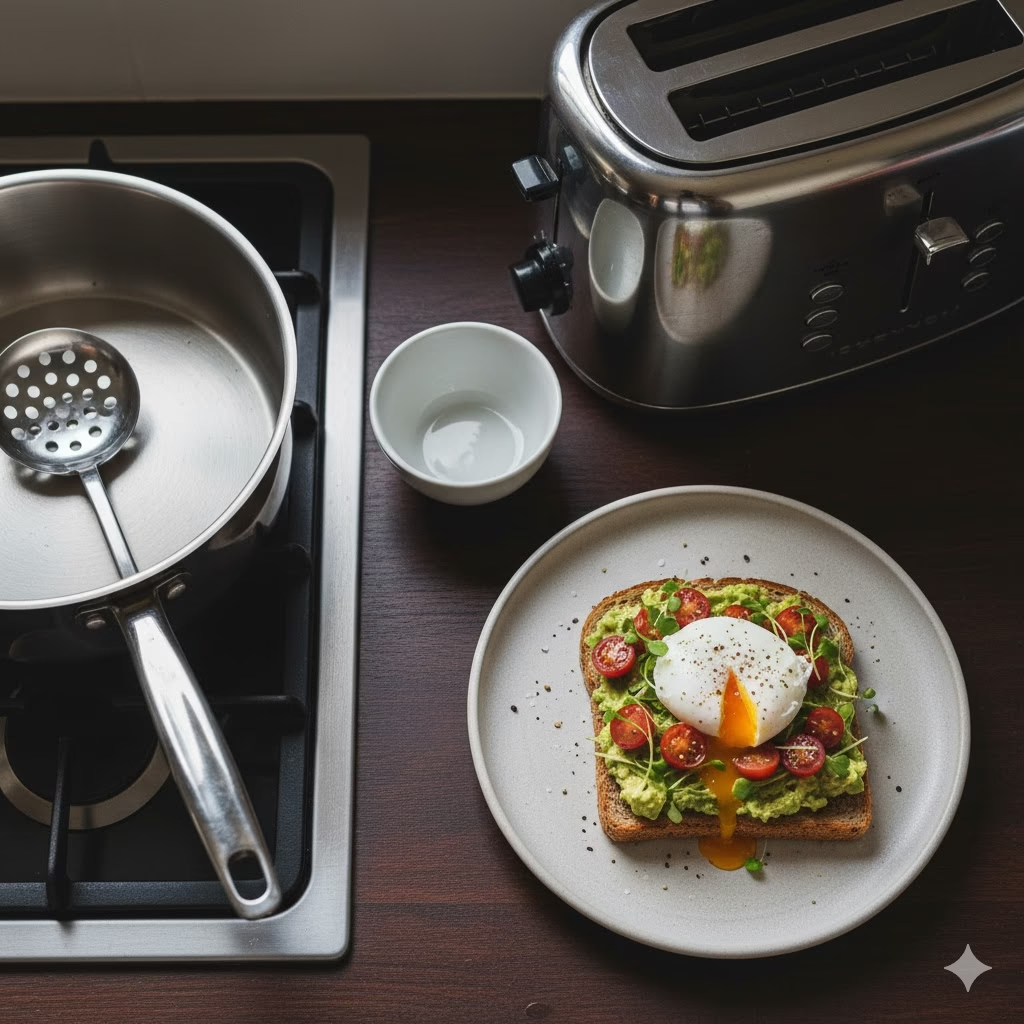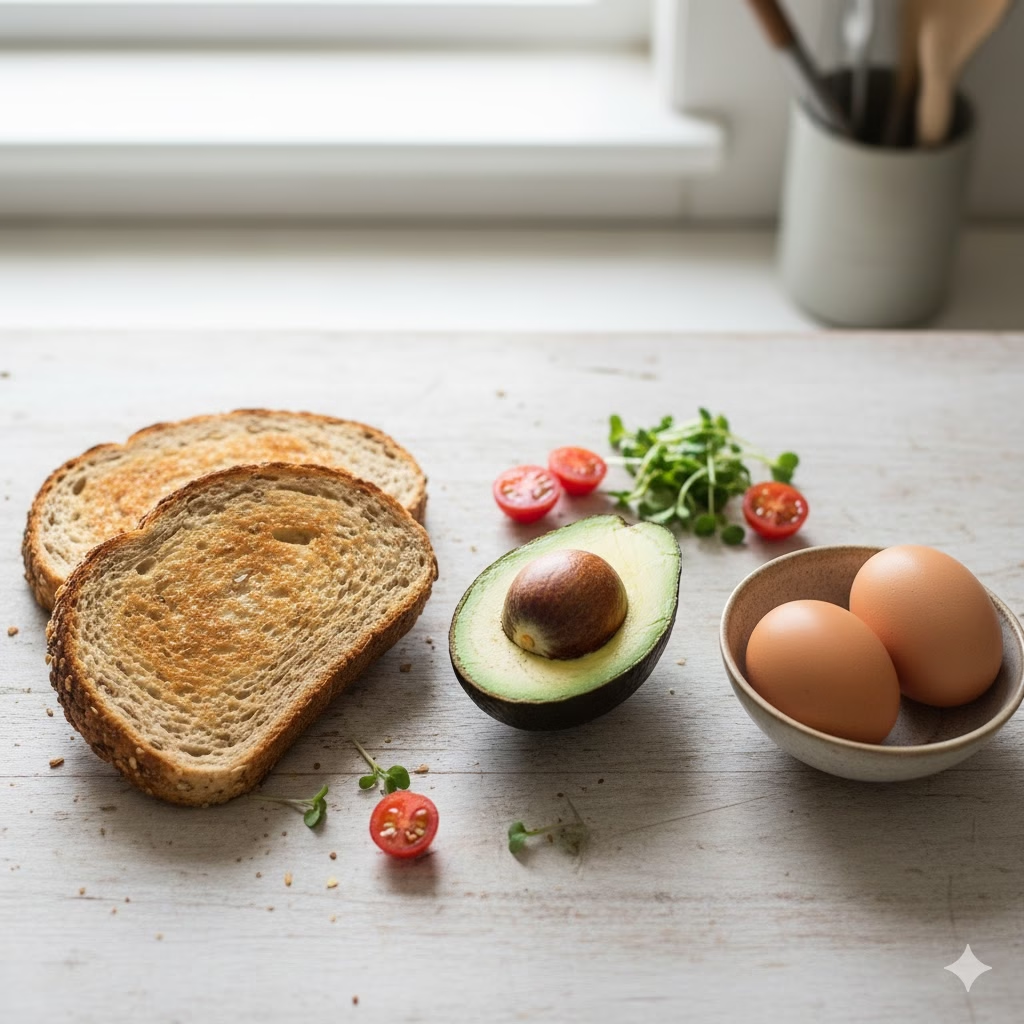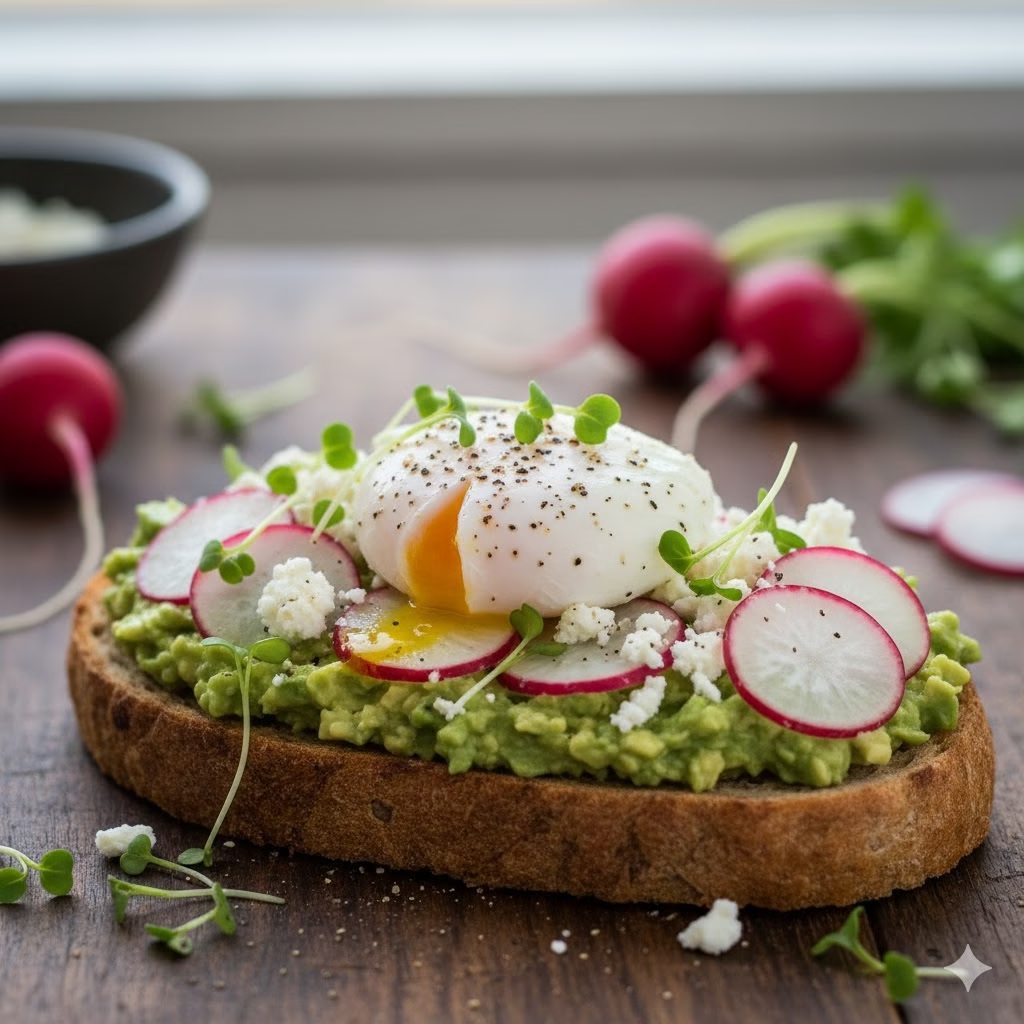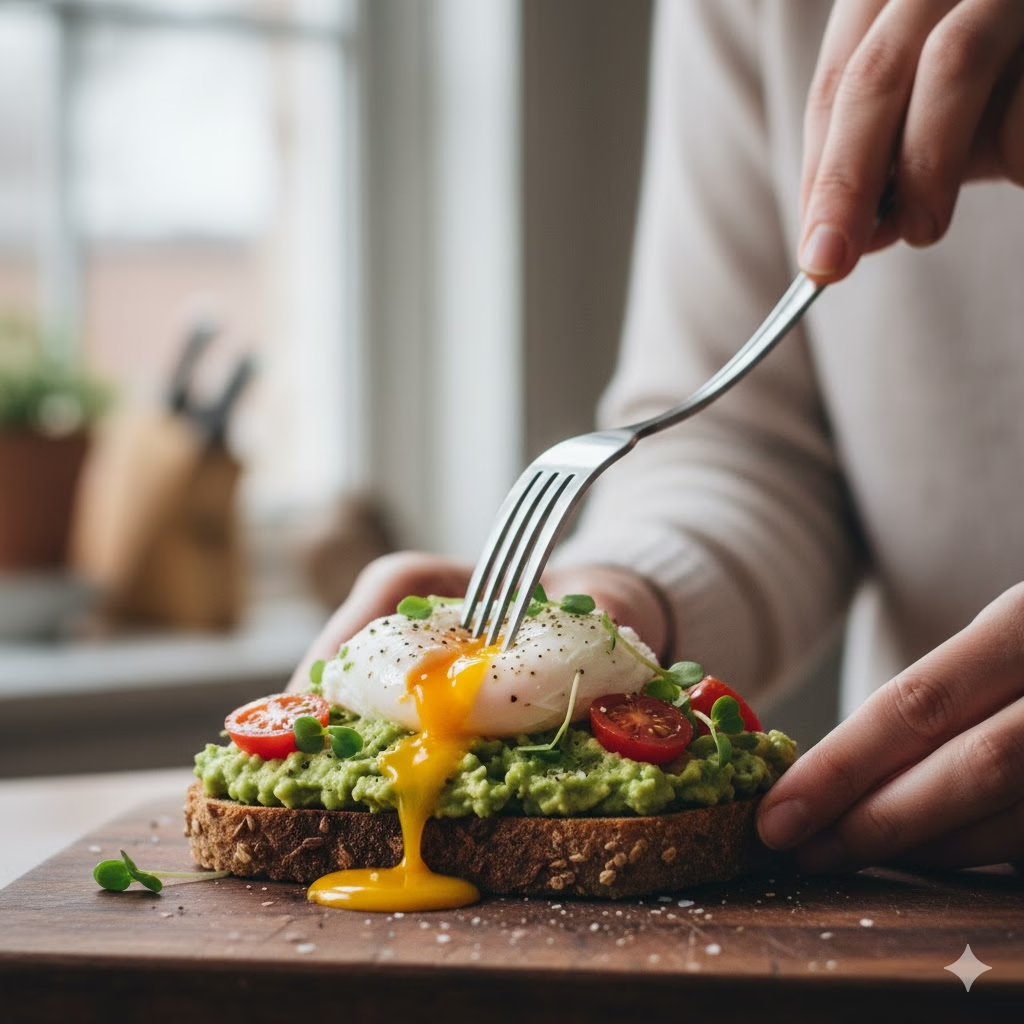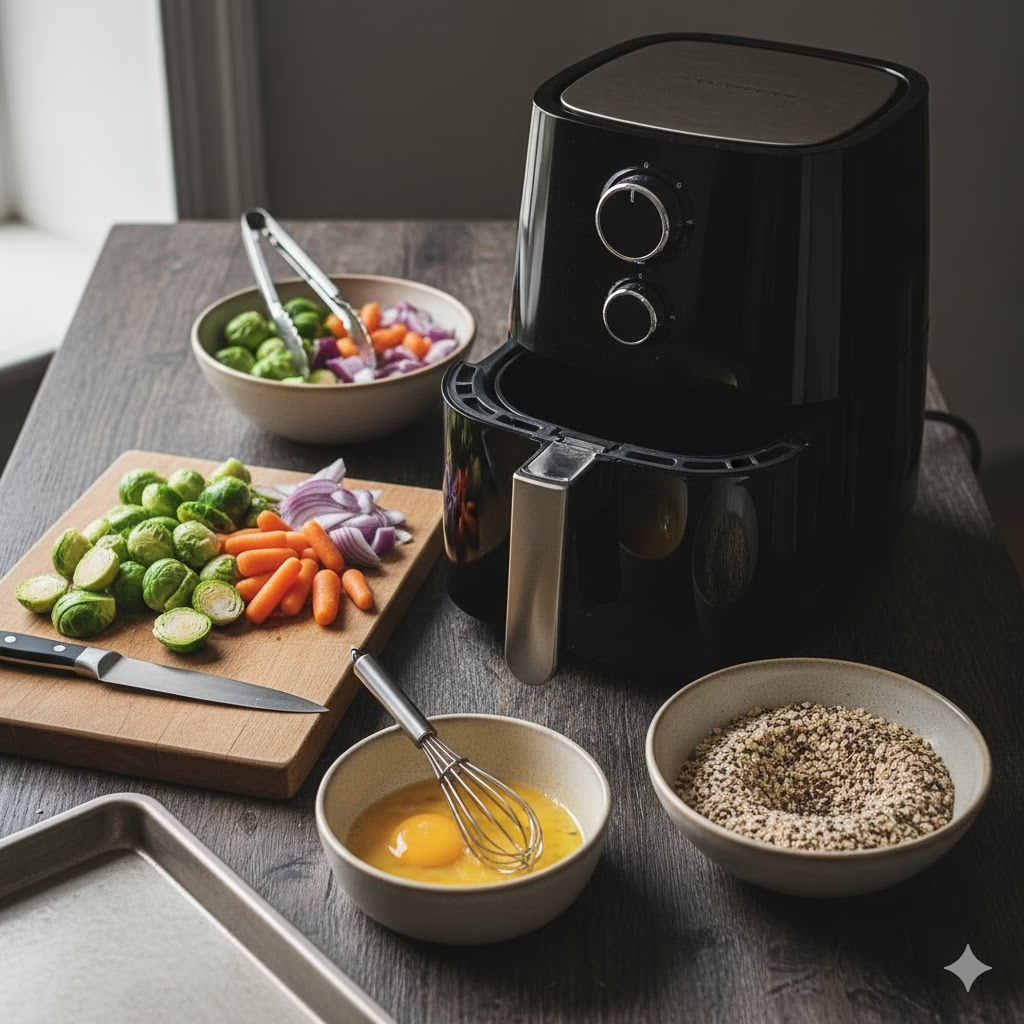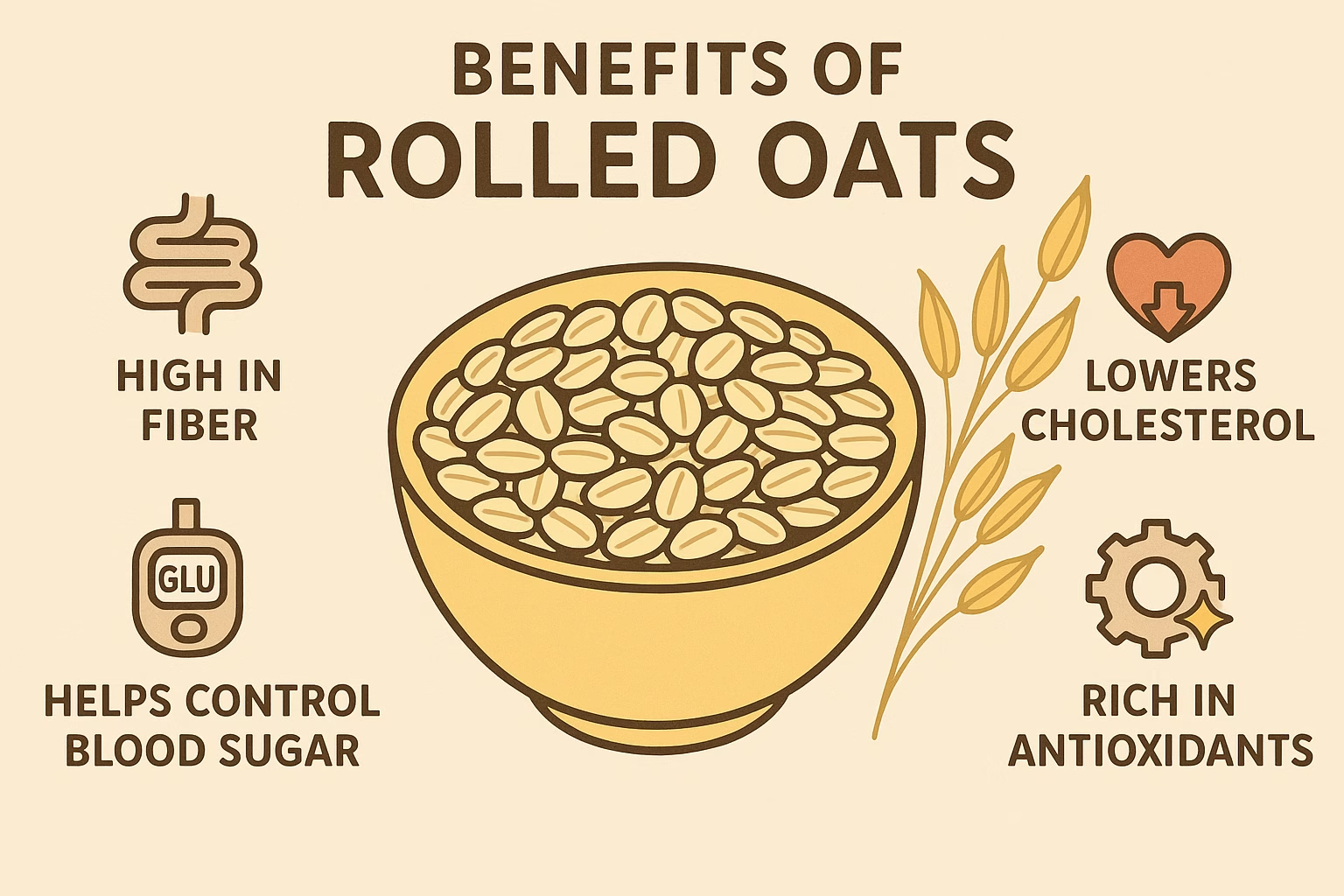
Make Your Home a Quiet Place
In our busy, modern world, we all feel rushed. Our homes need to be more than just buildings. We need them to be safe, calm spots. Alerts, calls, and noise fill our days. What we truly want is deep rest. The best style to give us this is Japandi.
Japandi is more than just a passing design look. It is a smart way to live. And it joins the deep ideas of the East with the cozy ideas of the North. It blends the Japanese idea of wabi-sabi. This means loving the beauty in old, simple things. It also uses the Danish idea of hygge. This means focusing on comfort and being happy.
The style looks neat and clean. But it also feels very warm and friendly. Japandi fights the stress of modern life. It creates rooms that help your mind stay clear. And helps you feel close to nature. It gives you a sense of peaceful comfort. This design offers a simple, clear way to have a truly chill-out home.
Clear Your Mind: Japandi’s Simple Rule for Calm
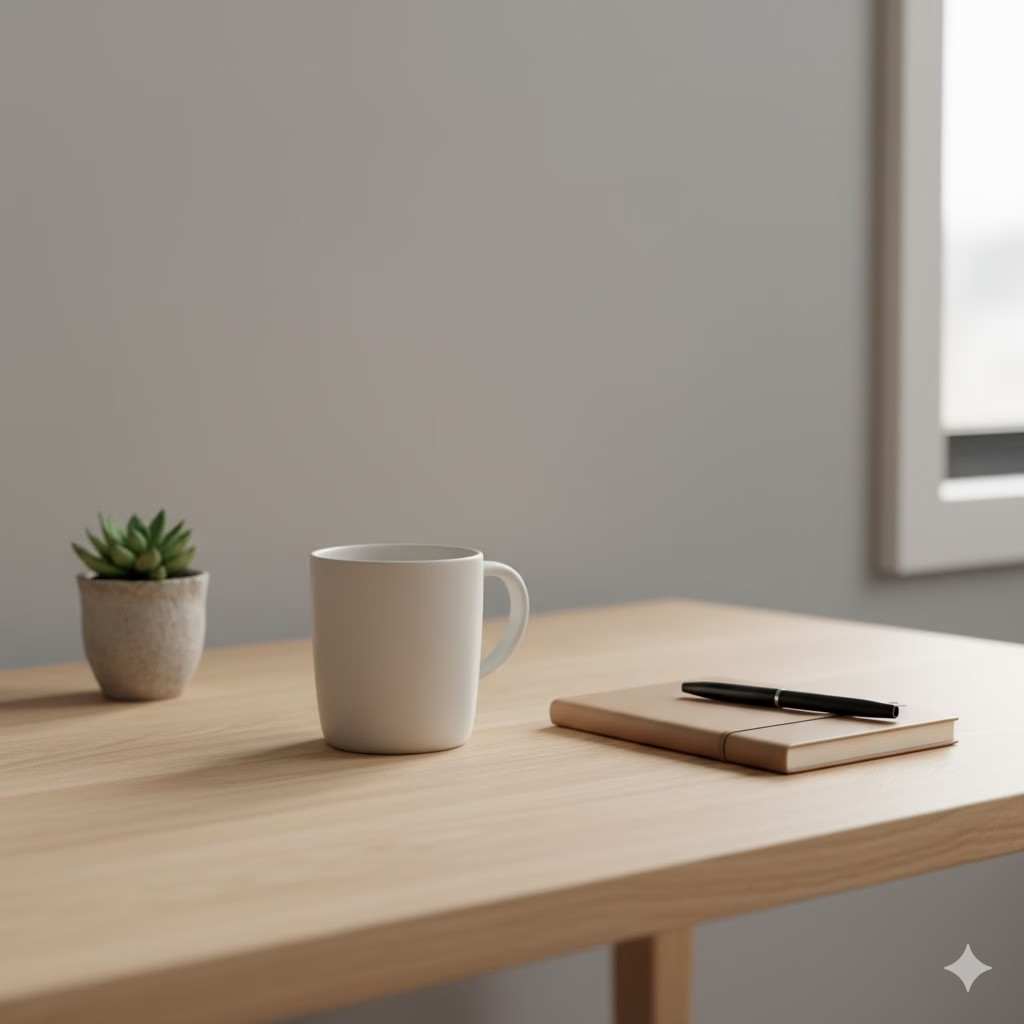
True rest starts with a clear, light mind. Japandi is built to get rid of visual stress. It removes the mess that fills many modern rooms. This careful planning makes the style so helpful for peace.
1. Less Stuff Means Less Worry
Japandi follows one main rule: “less is more.” It does this to help your mental health, not just to look good. The style strictly removes extra items and bright decorations. This quickly stops the small things that stress our brains every day.
- No Overload: Too many things in a room make your brain work hard. This makes you tired. Japandi uses open, empty space. This is called ma in Japan. It cuts down on how much your brain must process. Doctors say this can help lower your stress hormone levels. You feel a long-lasting sense of peace.
- Space Means Freedom: Japandi furniture often sits openly. Rooms feel large and bright. This focus on clear space keeps you from feeling closed in. It helps your mind truly rest and recover.
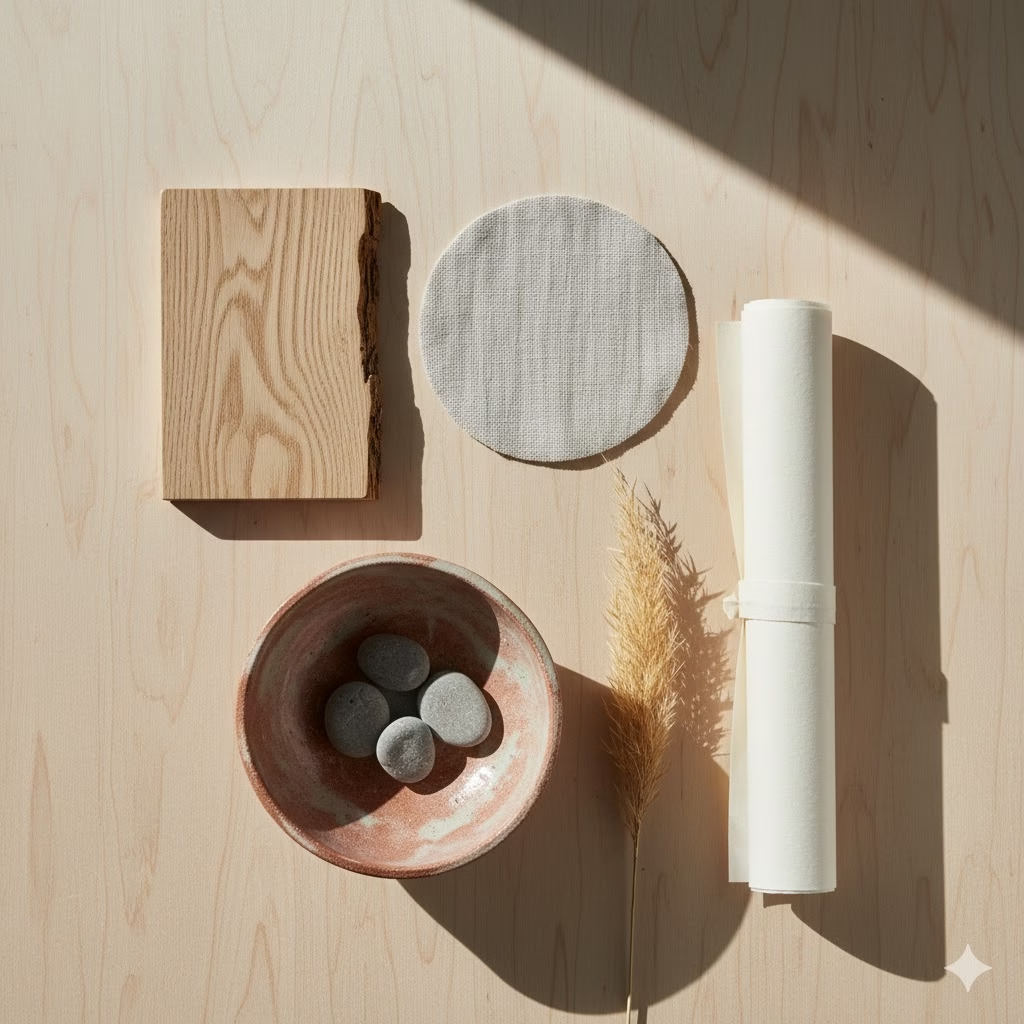
2. Choose Well, Live Better with Japandi Philosophy
In a Japandi home, every item is there for a reason. Nothing is just sitting there.
- Smart Shopping: You choose things because they work well or look beautiful. Often, they do both. This habit of choosing carefully helps you feel in control. You feel less pressure to buy things all the time. When you own fewer, good items, you spend less time cleaning. You get more energy for things that matter.
- Easy to Focus: The neat lines and clean surfaces make it easy to pay attention. This helps when you work or read. It also helps when you want to rest. Your mind has fewer things to look at or think about.
Nature Inside: Feel Grounded and Restored

People feel better when they are close to nature. This is called biophilia. Japandi is great at bringing the healing power of the outdoors into your home. This makes your space feel healthy and renewing.
1. Real Materials and Simple Textures
The style uses materials that come straight from the earth. This makes you feel calm and connected.
- The Comfort of Wood: Japandi uses woods that last. It uses light woods like oak and maple, along with bamboo, cork, linen, and clay. Science shows that seeing and touching these natural items helps lower stress. They help your mood. They look like things found outdoors.
- The Feel of the Room: Japandi blends the smooth look of Nordic furniture with the rustic feel of Japanese craft. You can see the natural wood grain. You see simple, handmade clay items. This focus on texture stops the room from feeling cold. It makes the space feel very personal and real.
2. Japandi Light and Life
Japandi rooms let in lots of light. They also use living plants very carefully.
- Light is Everything: The design uses very light curtains, or no curtains at all. This lets in the most natural light. Good light helps your body’s sleep cycle. A good sleep cycle is key for a good mood and deep rest.
- A Few Good Plants: The style uses only a few plants, chosen for their shape. A small, quiet bonsai tree, a tall snake plant, or a simple fern is common. These plants help your tired mind rest. They make your link to nature stronger.
Balanced Warmth: A Cozy, Clean Feeling

Some simple designs can feel too cold. But Japandi adds the warmth of hygge. This makes sure the space feels cozy and truly comfortable.
1. Perfect Mix: Cozy Meets Neat with Japandi
Japandi’s smart blend is its best feature. It takes the simple, neat look of Japanese design. Then it makes it softer and warmer with Danish hygge.
- Always Welcoming: This mix means the room never feels cold or too strict. It lets you include items that are old or have small flaws (wabi-sabi). This gives the room character. You feel free to live in the room without worrying about everything being perfect.
- Enjoy the Moment: By mixing these ideas, Japandi makes you want to slow down. It encourages you to enjoy simple, quiet times. Drink tea. Read a book. Just sit still.
2. Quiet Colors and Soft Layers

The colors and fabrics are all chosen to create a peaceful feeling. They avoid bright colors that would make your mind too active.
- Calm Hues: Japandi mostly uses soft, earth-like colors. The main colors are warm whites, soft grays, and natural brown woods. You can add darker colors like deep green or charcoal. These nature-based colors create a calm look that helps your body relax.
- Soft Comfort: The design uses soft, nice-to-touch fabrics. Think about linen bedding, heavy wool blankets, and natural rugs. These layers add comfort. They invite you to sit down and rest.
Japandi: A Plan for a Calm Life
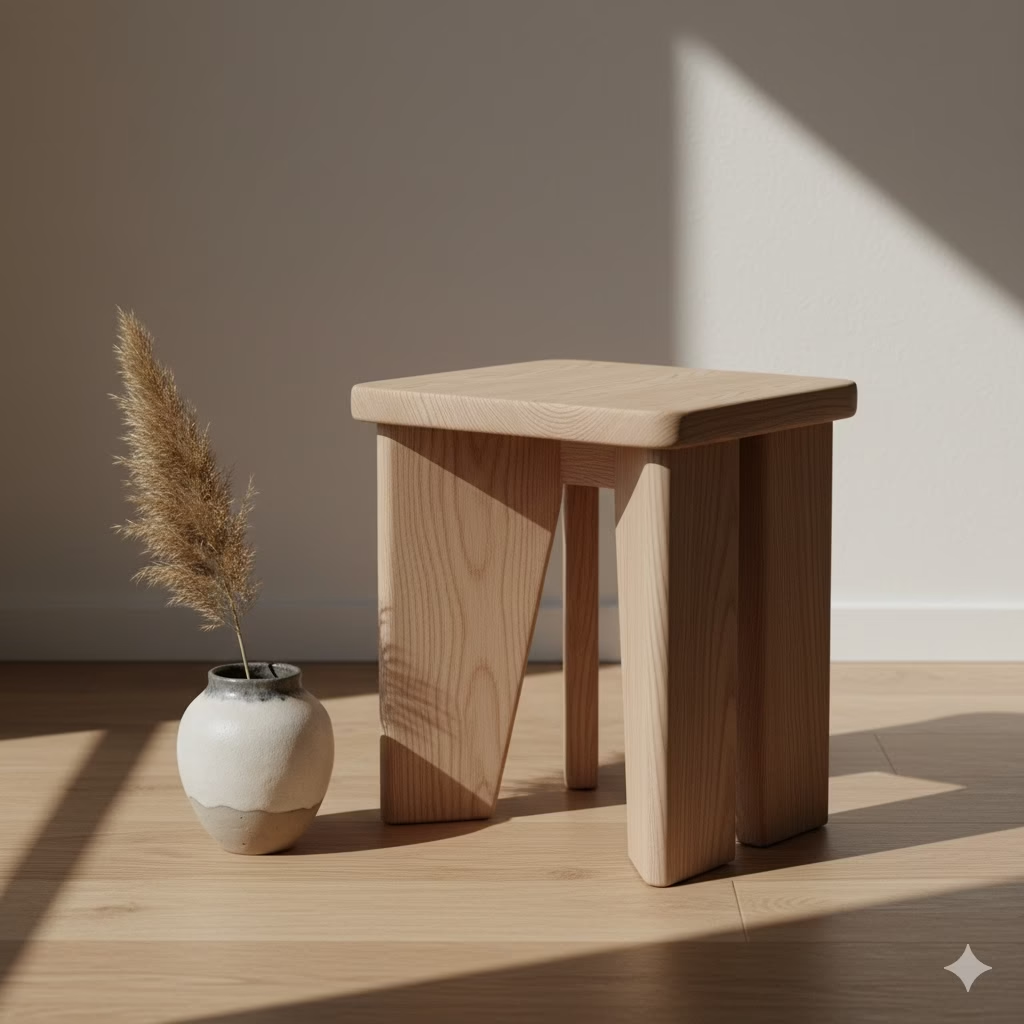
Japandi gives you long-lasting calm. It uses good quality and simple style. It avoids the stress that comes from buying temporary trends.
1. Quality Over Buying New Things
Unlike cheap home items that you replace often, Japandi uses timeless quality and good craft.
- No Stress Style: Furniture is something you keep for a long time. Pieces are built to last. They are made to stay in style. This removes the stress of needing to buy new things all the time. You buy well once, and then you just relax.
- Always Simple: The clean lines and soft colors mean a Japandi home will stay peaceful for many years. You can relax in your space without having to change it later.
2. A Philosophy for Living the Japandi way
Japandi is more than just how a room looks. It’s a way of thinking. It asks you to live in a more thoughtful way. By making a beautiful home that truly helps your well-being, Japandi gives you a simple, long-term plan for a happier, very relaxed life. It is the quiet answer to our busy world.
References
- Asteroidhealth – The Mental Health Benefits of Minimalism
- NIH – Goodbye materialism
Recent Posts


